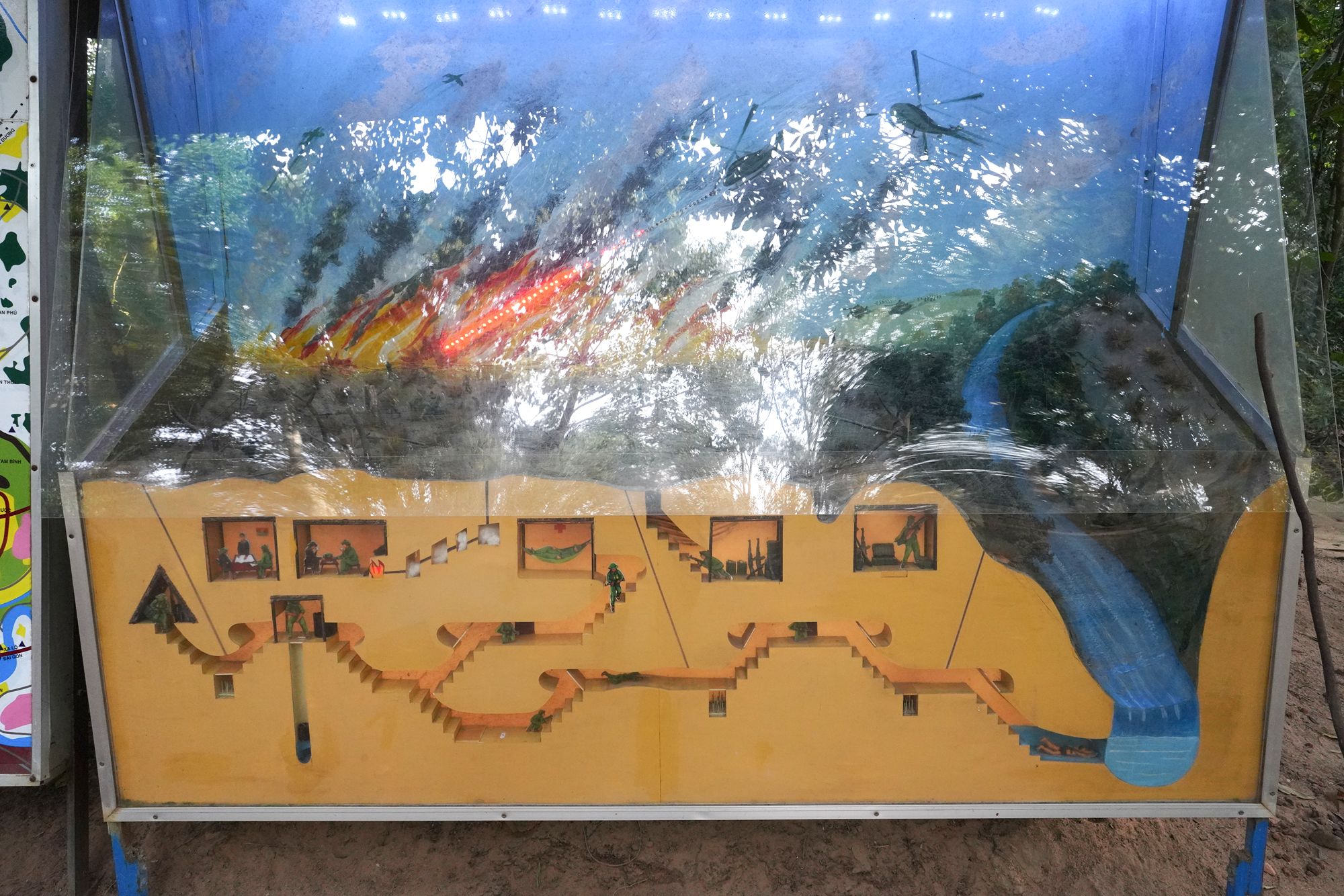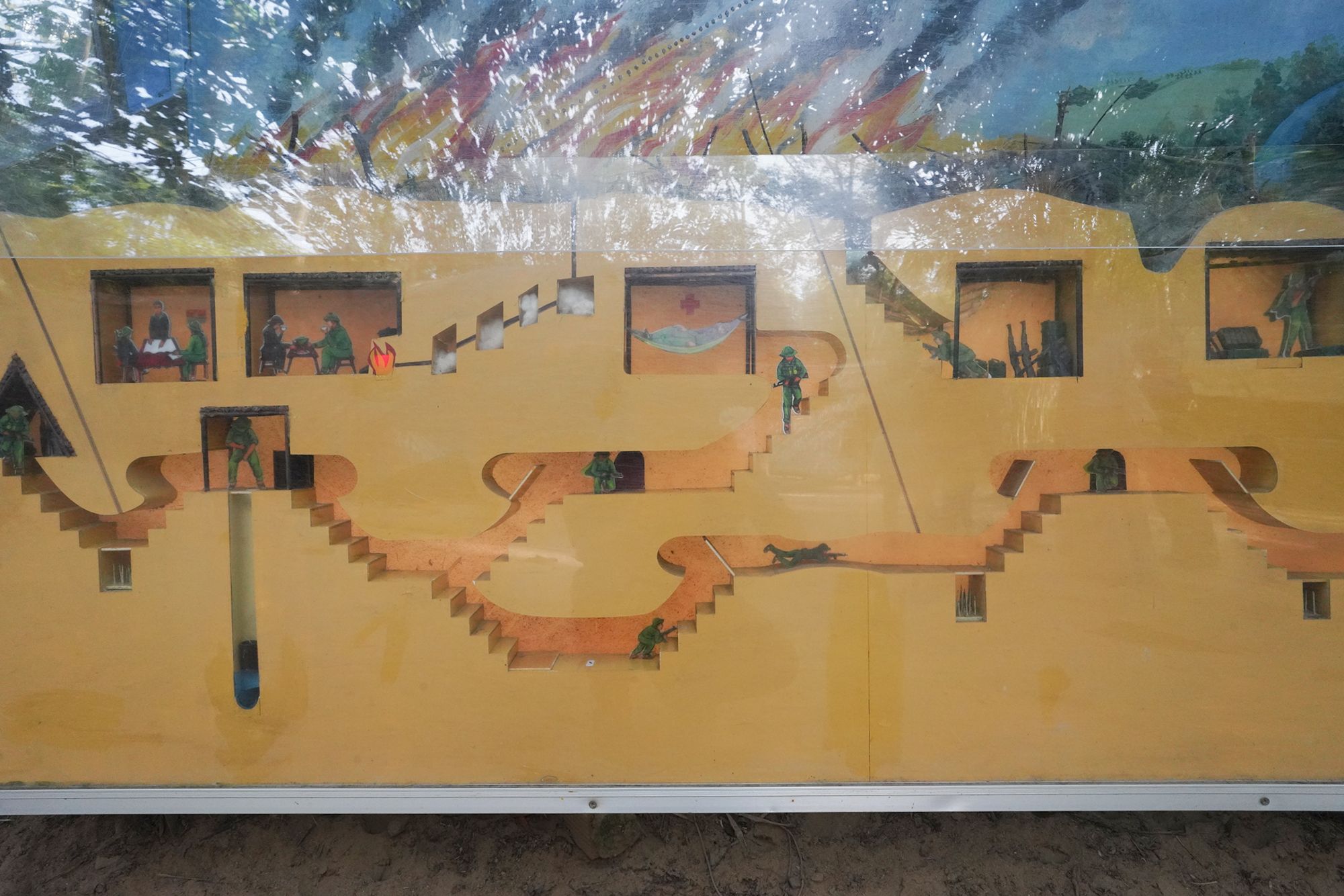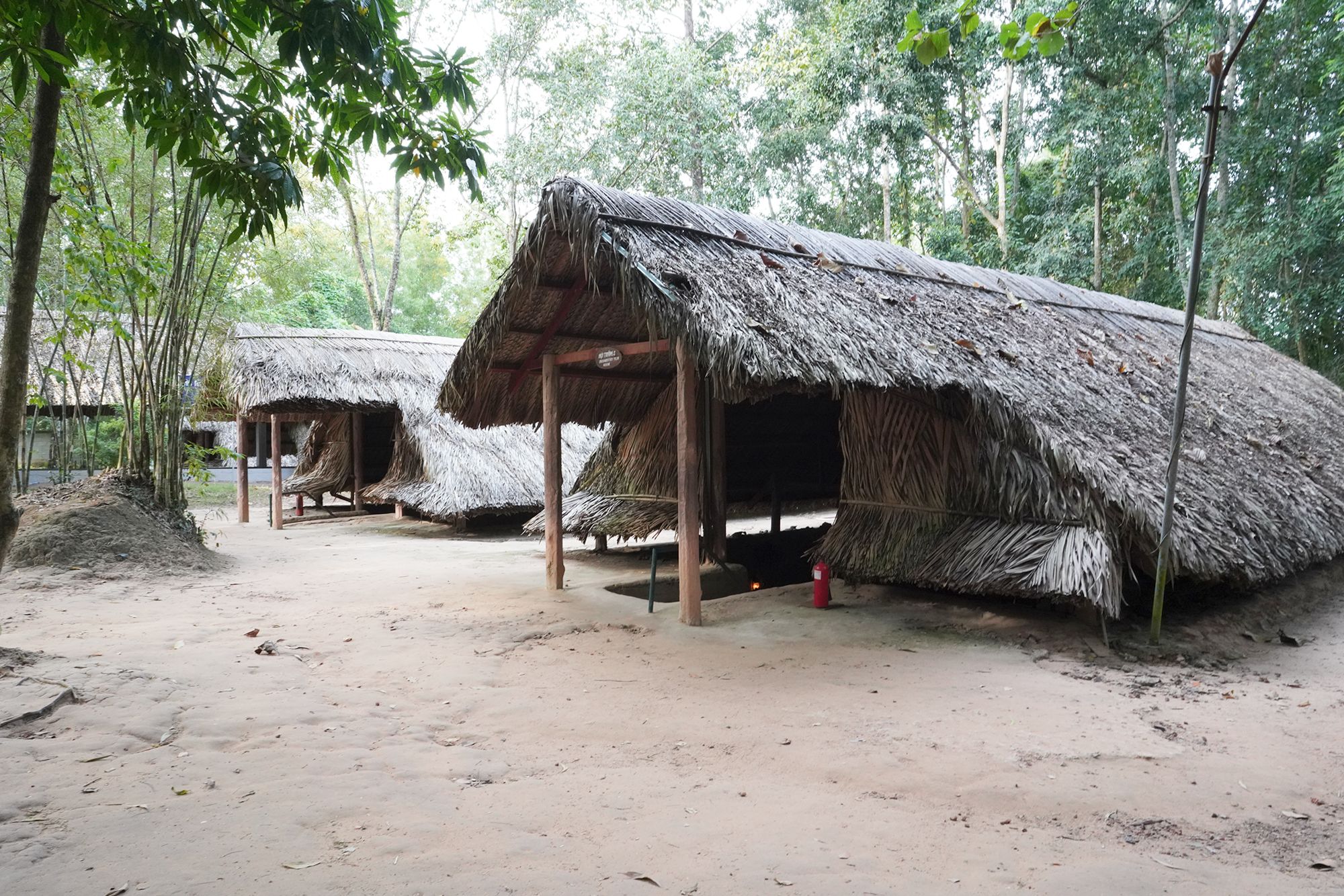Cu Chi Tunnel Tour, Ho Chi Minh City, Vietnam
The Cu Chi Tunnel tour offers a fascinating exploration of an underground network used by Vietnamese soldiers during the war, showcasing their resilience and ingenuity. 1025
Cu Chi Tunnel: Phú Hiệp, Củ Chi, Ho Chi Minh City, Vietnam
Date Picture Taken: November, 2024
The Cu Chi Tunnel is located near Ho Chi Minh City, and I joined a half-day tour to explore it. The journey took about an hour and a half to reach the site by tour bus.
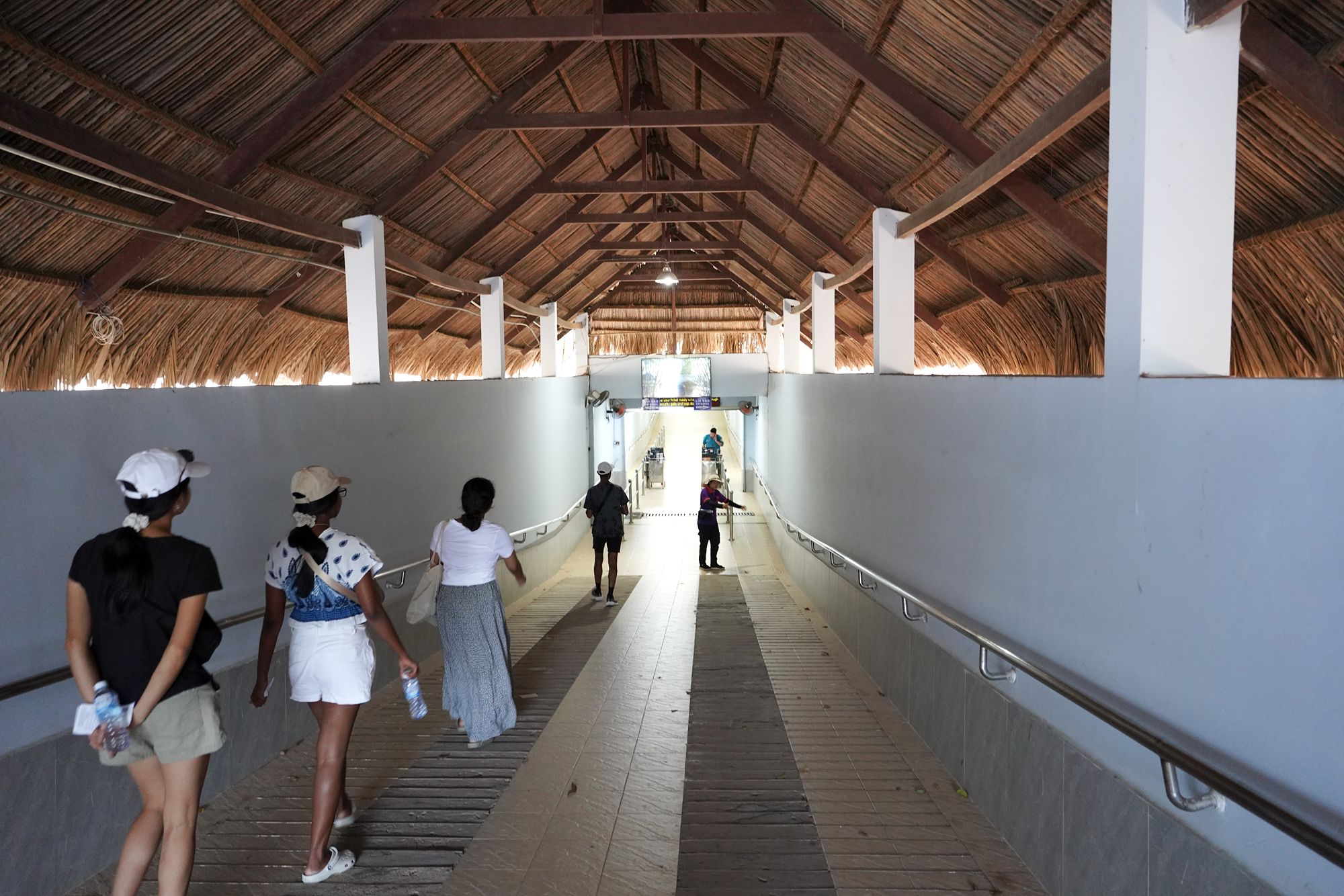
A long entrance to the tunnel area
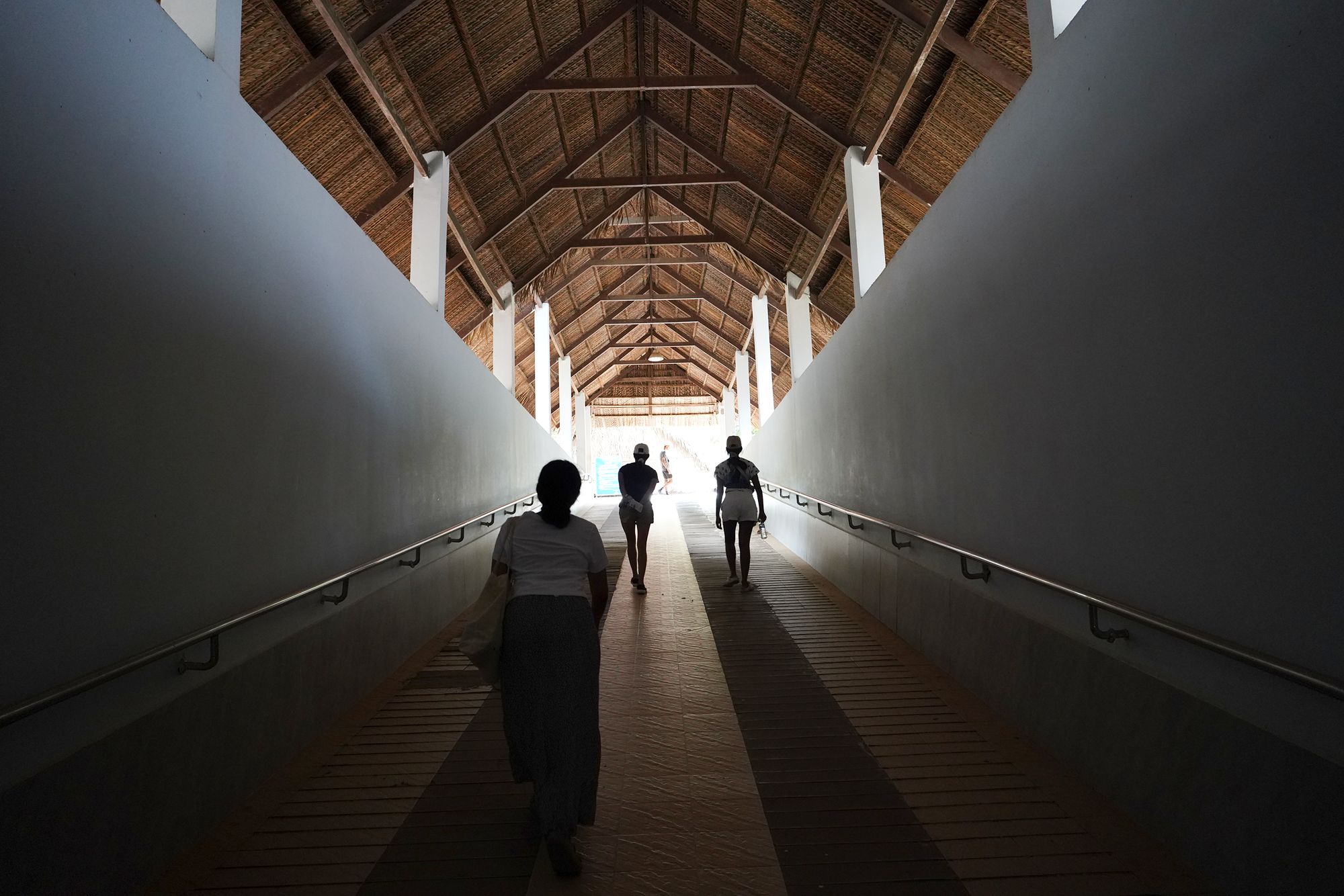
The tunnel area lies beneath this ground, housing an extensive network of tunnels used by the Viet Cong during the Vietnam War.
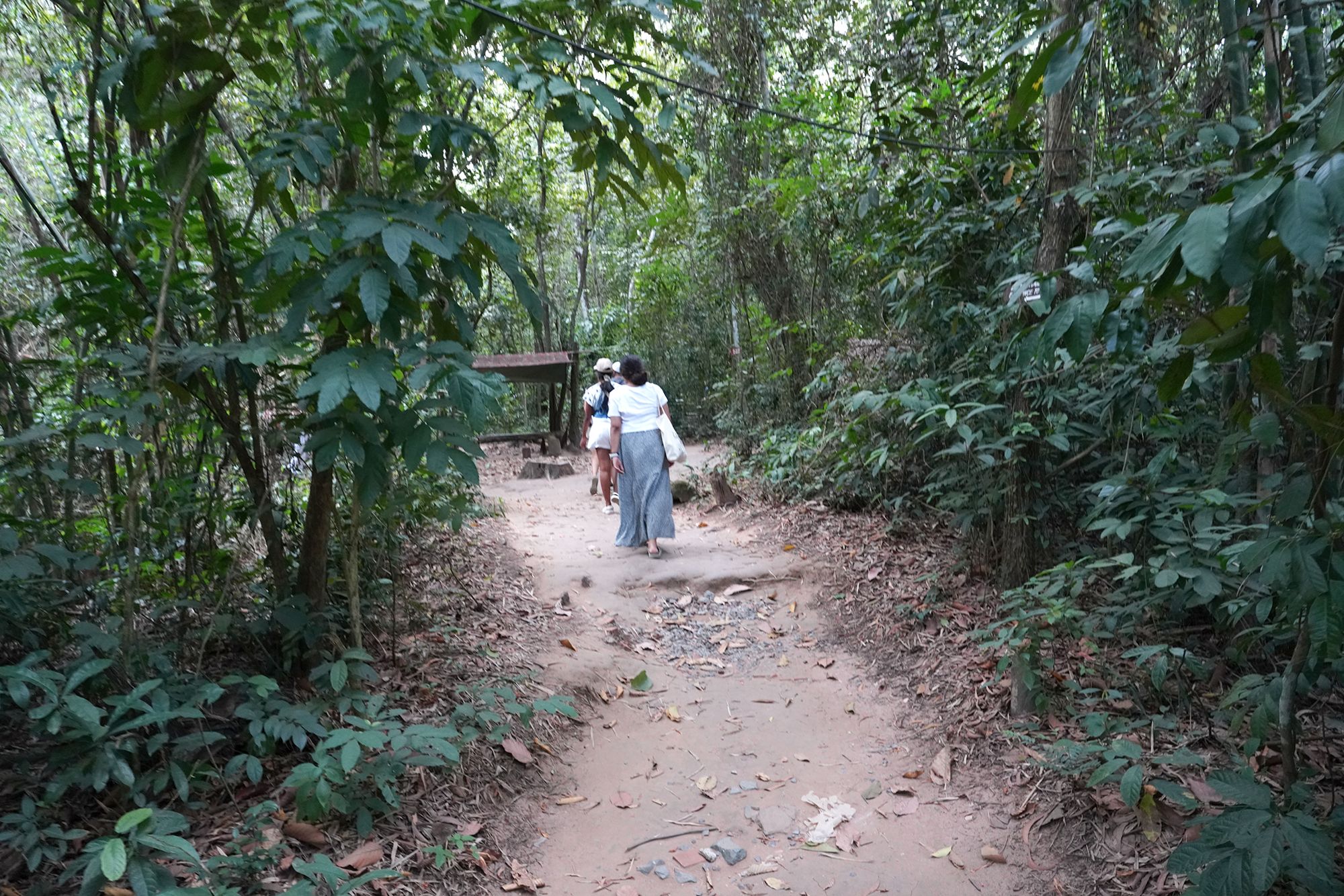
The guide demonstrated a hiding spot where a Viet Cong soldier could quickly disappear underground.
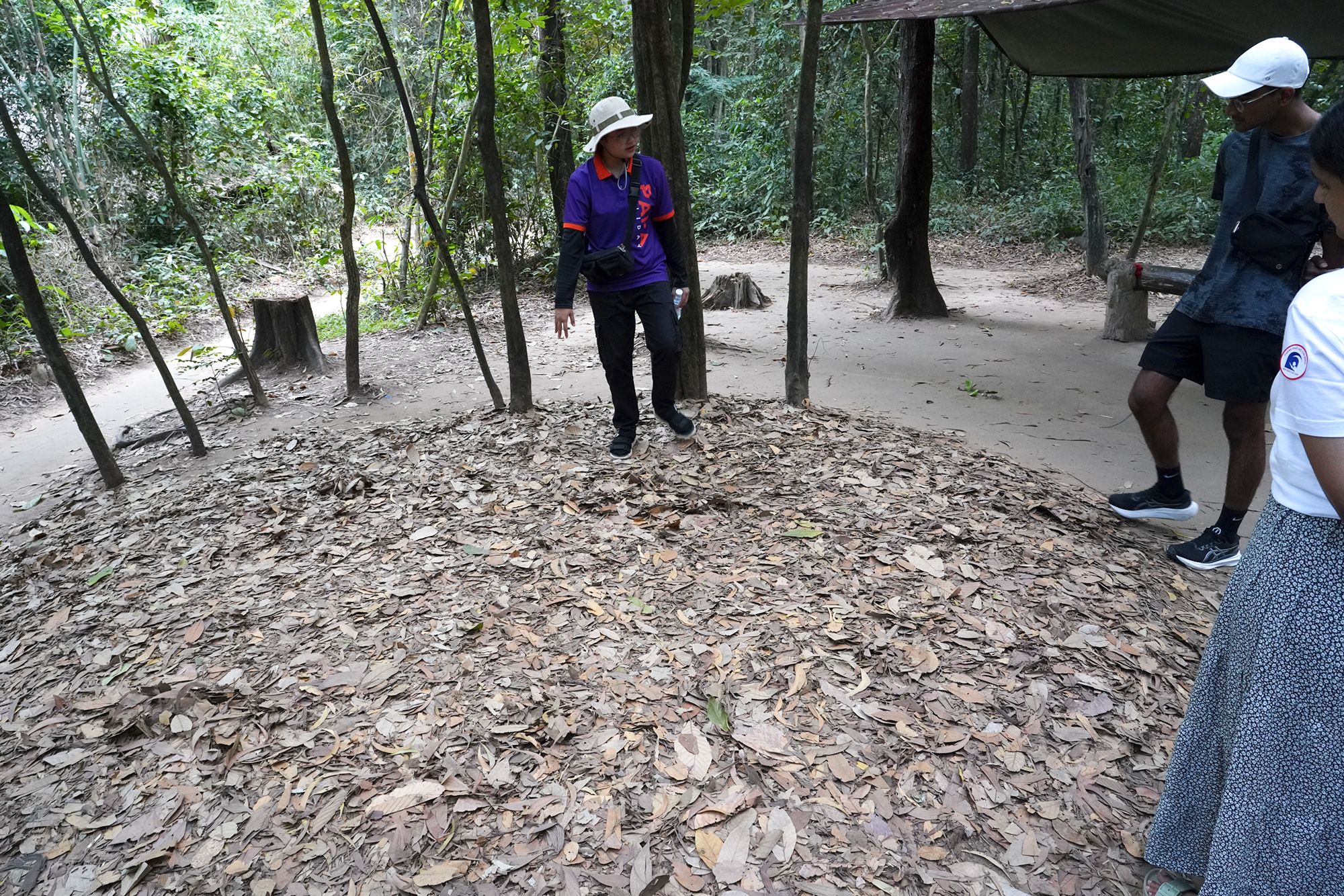
Clearing away the leaves revealed a small stone hatch.
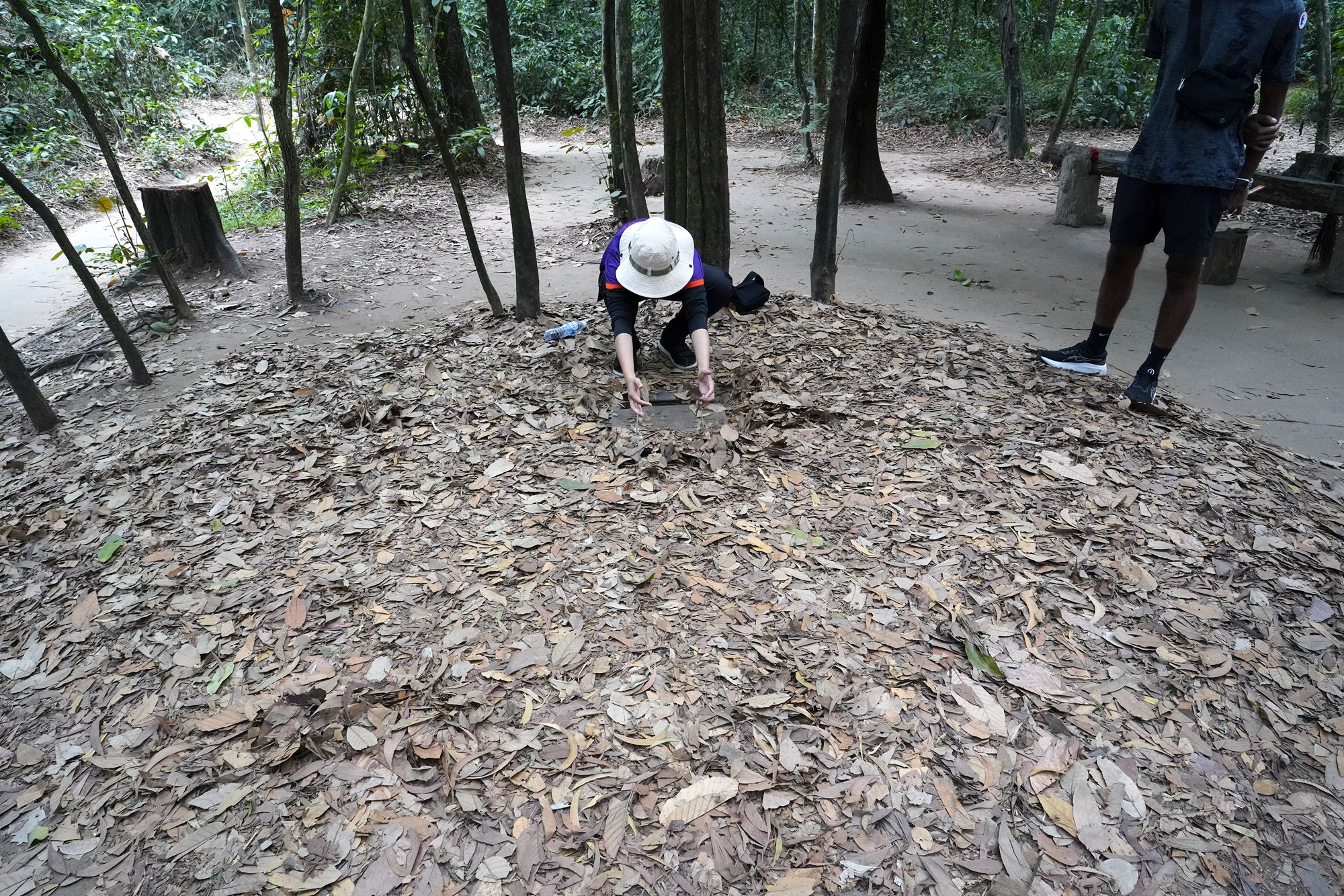
Then, a person can descend into the ground through the hatch.
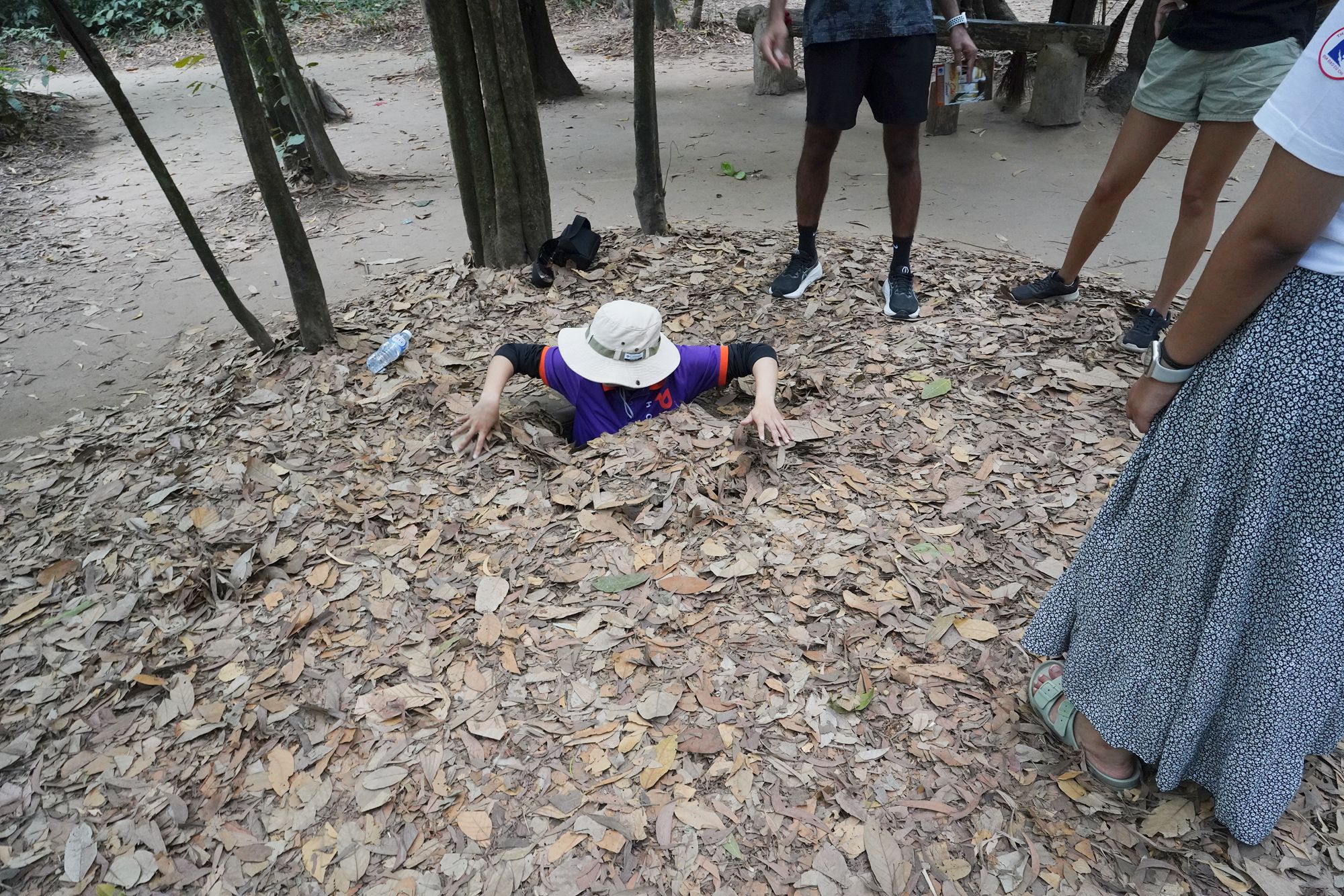
Once the hatch is closed, the person completely disappears from view.
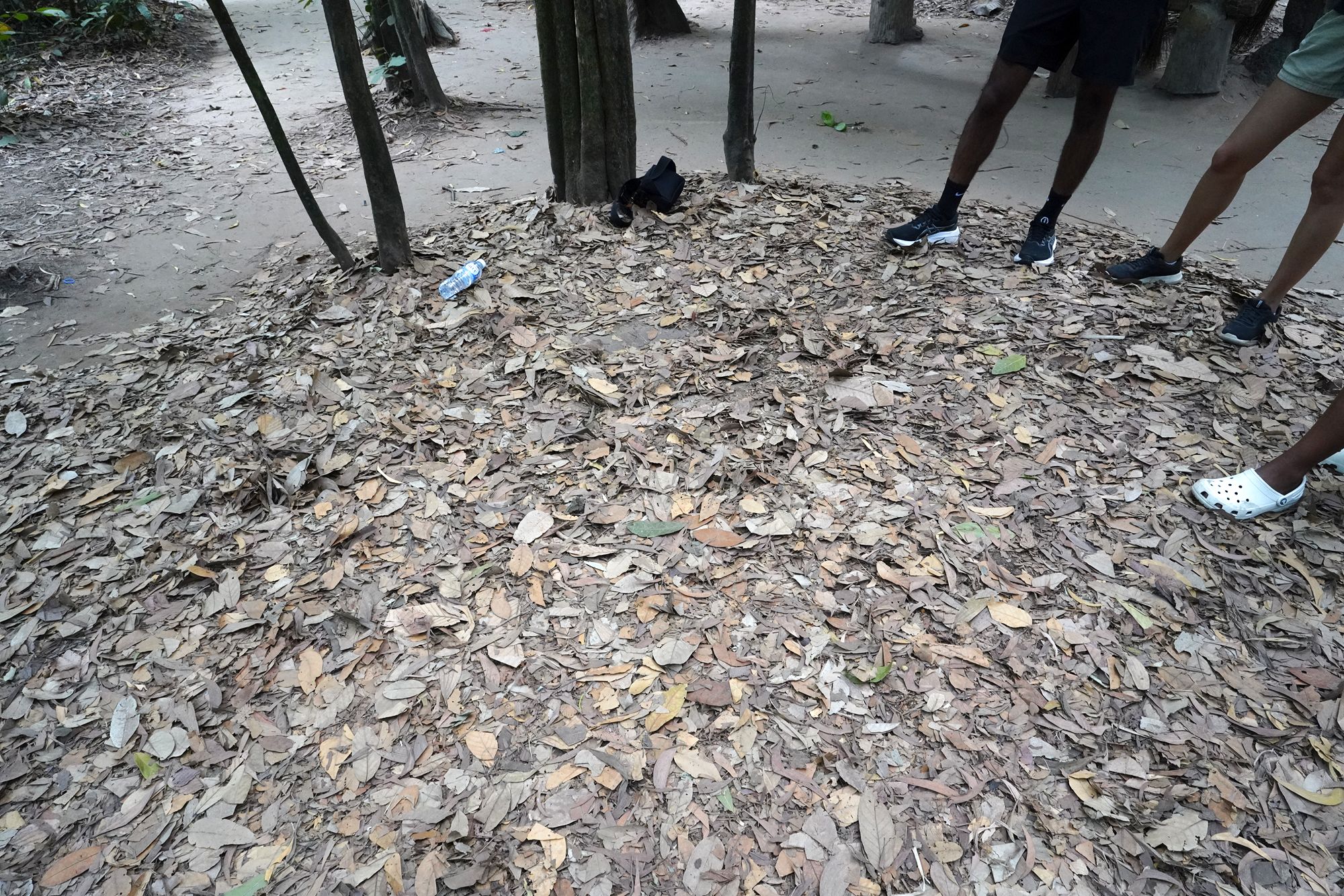
and she can emerge from the hatch again.
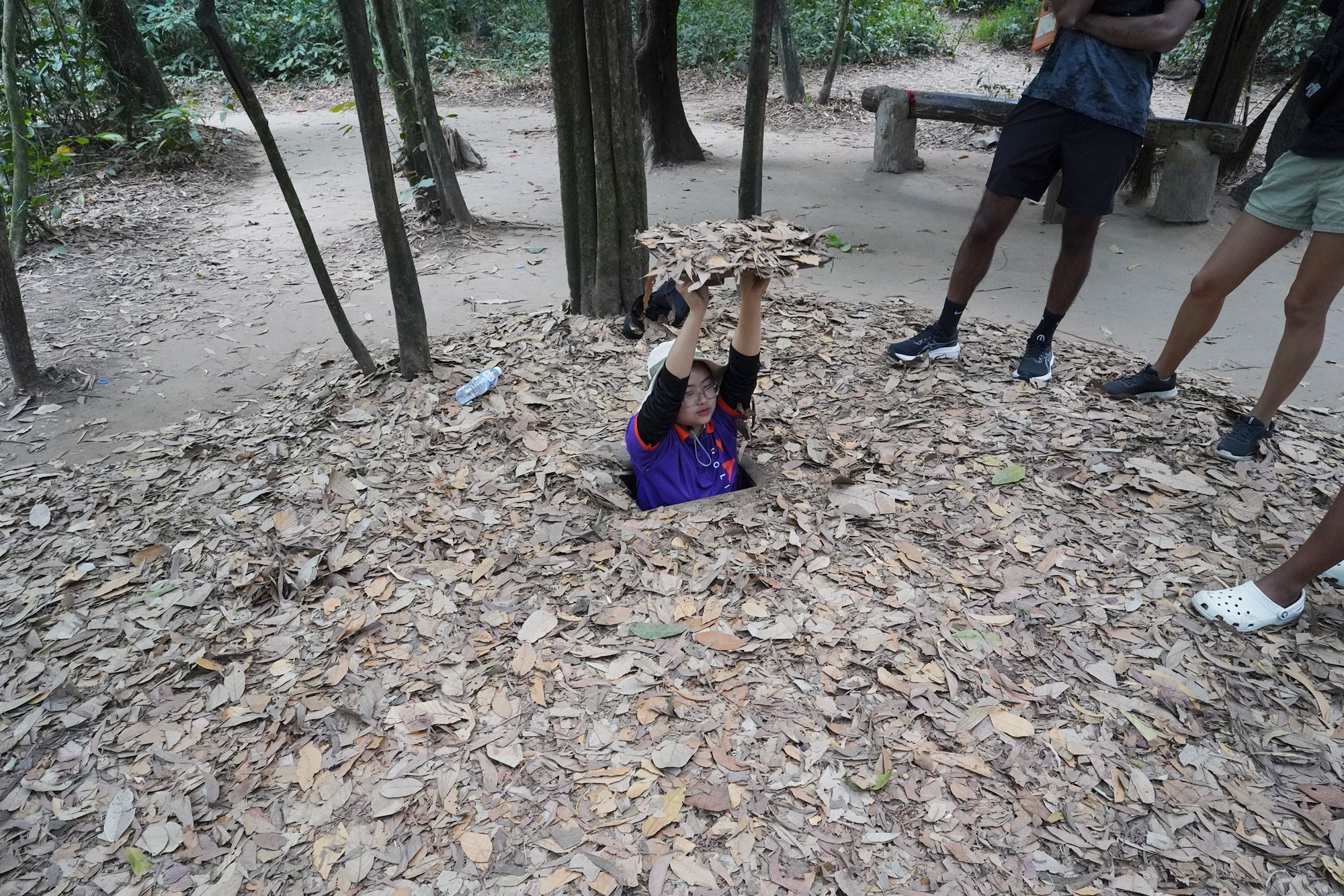
One of the tour members decided to try it for himself.
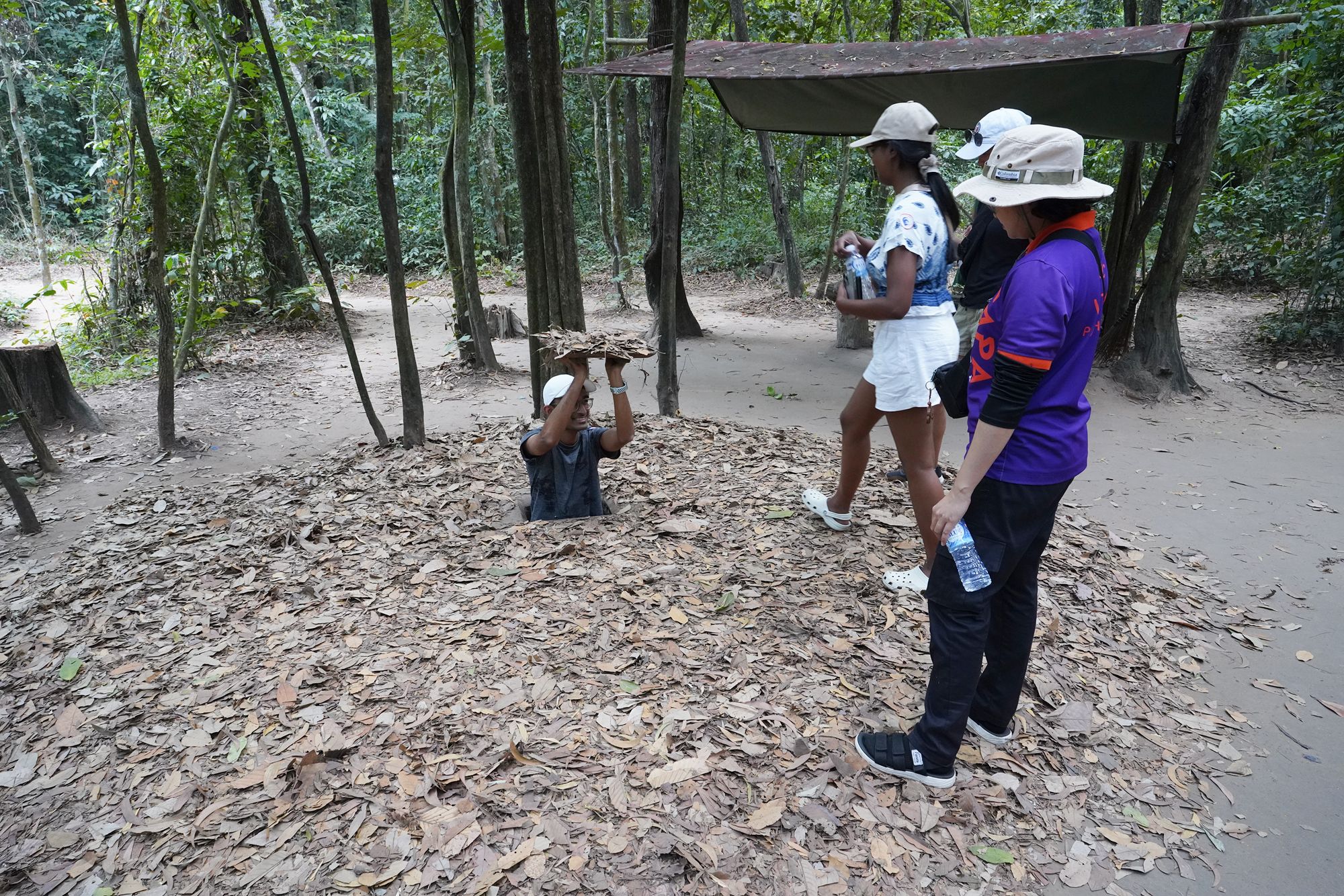
The Cu Chi Tunnel area is a historic site showcasing the extensive underground network used by the Viet Cong during the Vietnam War. Located near Ho Chi Minh City, the area has been preserved and developed as a tourist attraction, offering visitors a chance to learn about the resilience and ingenuity of the Vietnamese people.
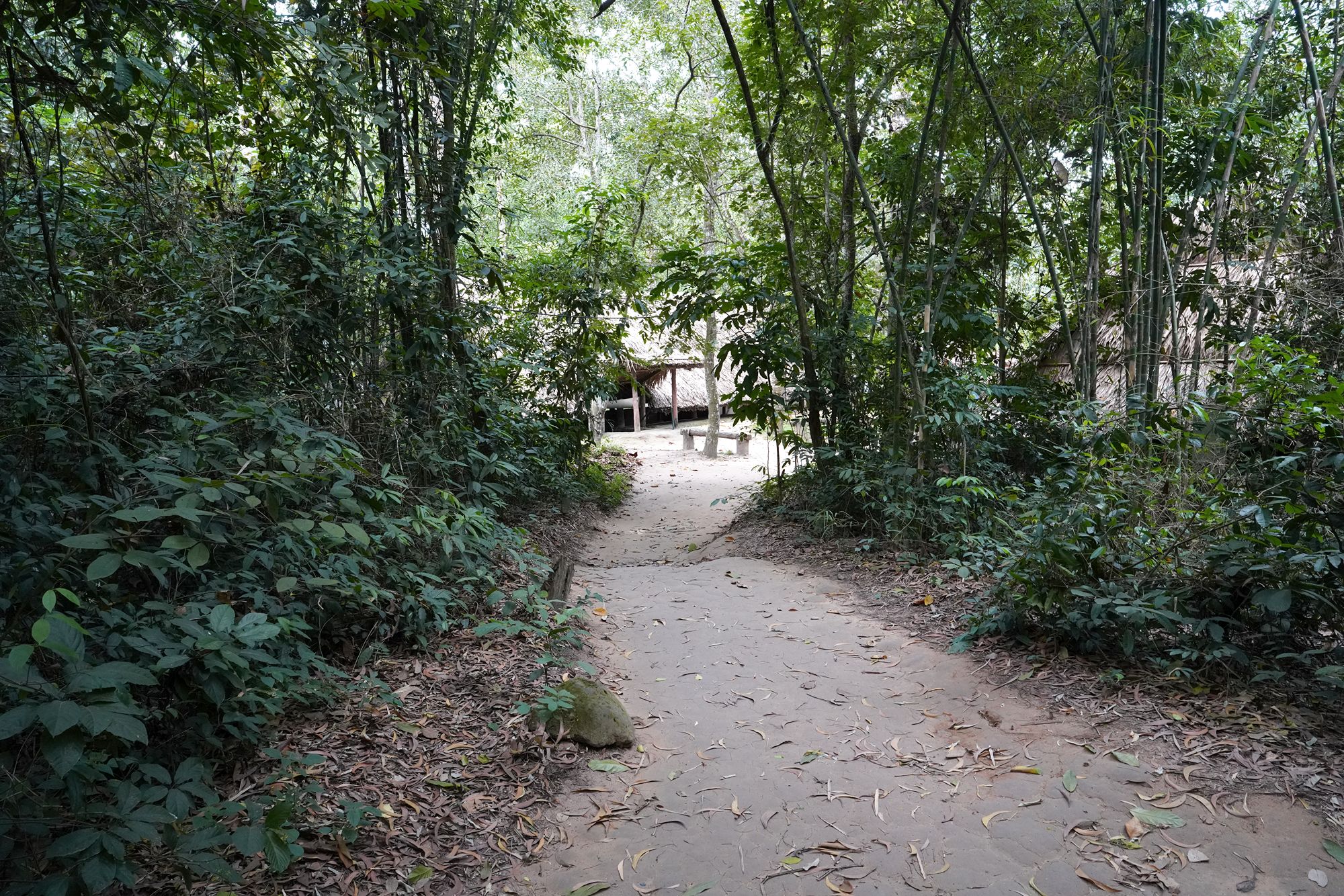
This is a trap door; when someone steps on it, they fall into a pit filled with sharp objects designed to puncture their body.
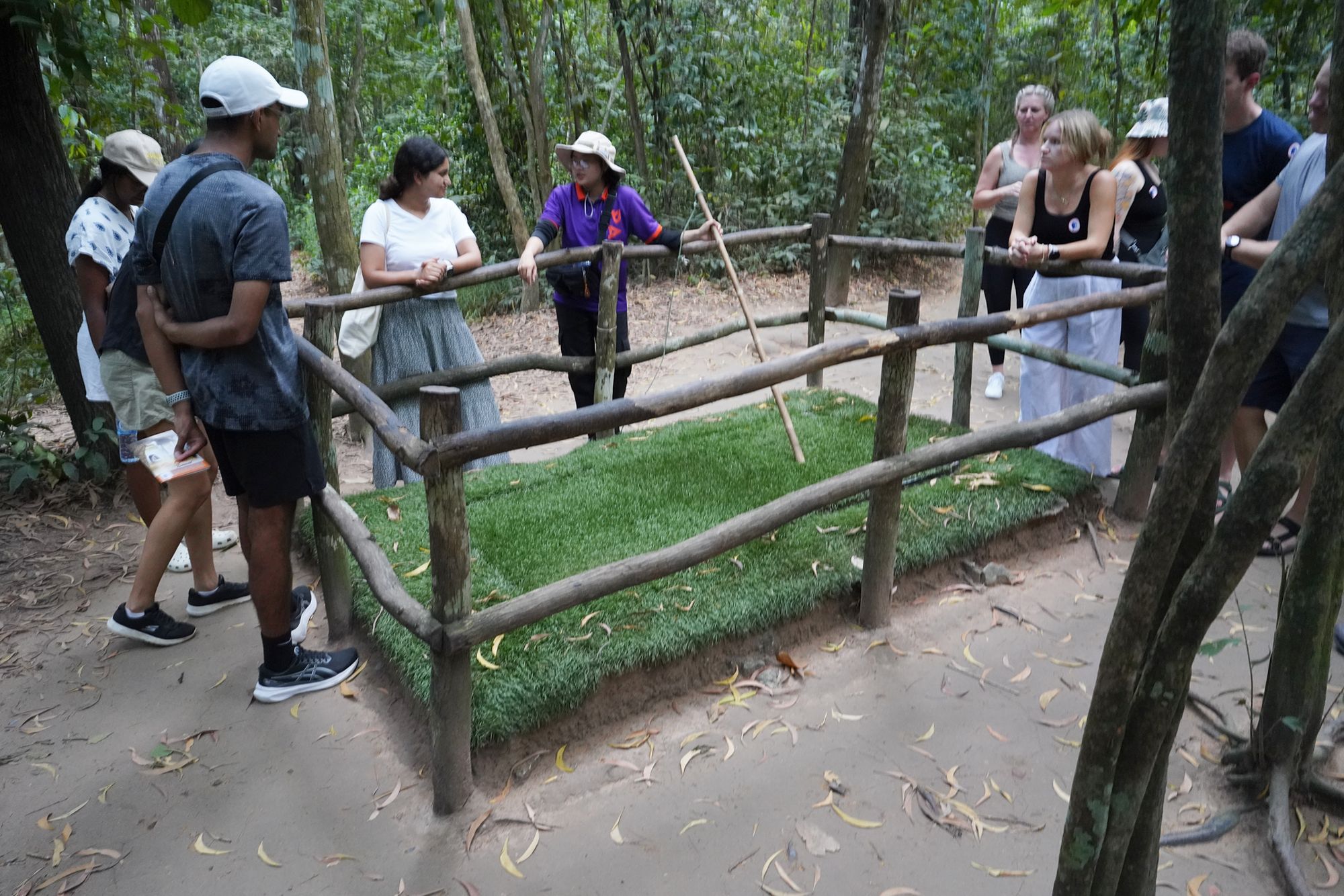
The maintenance workers were repairing some structures on the ground.
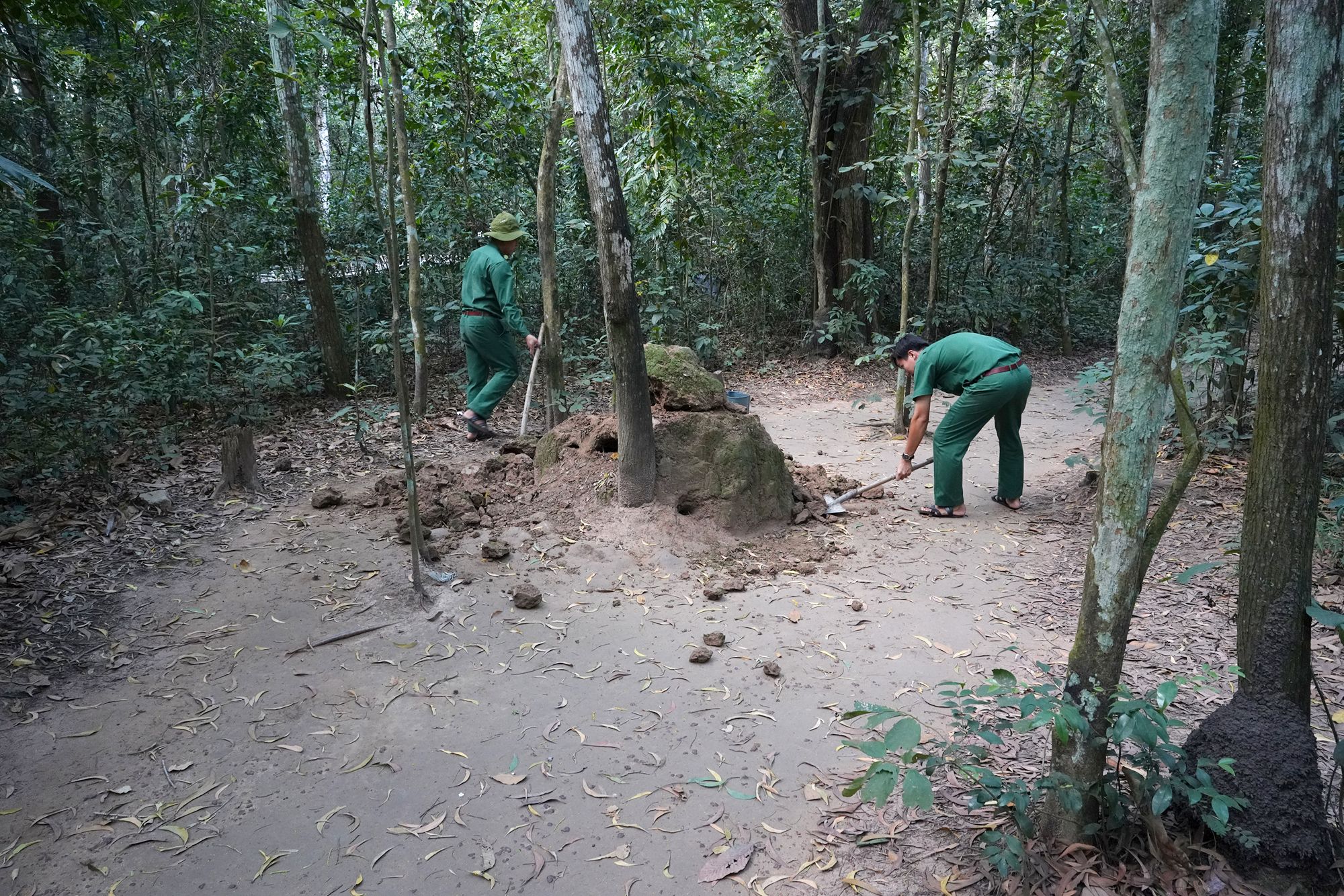
A member of another tour group was examining a ground entrance.
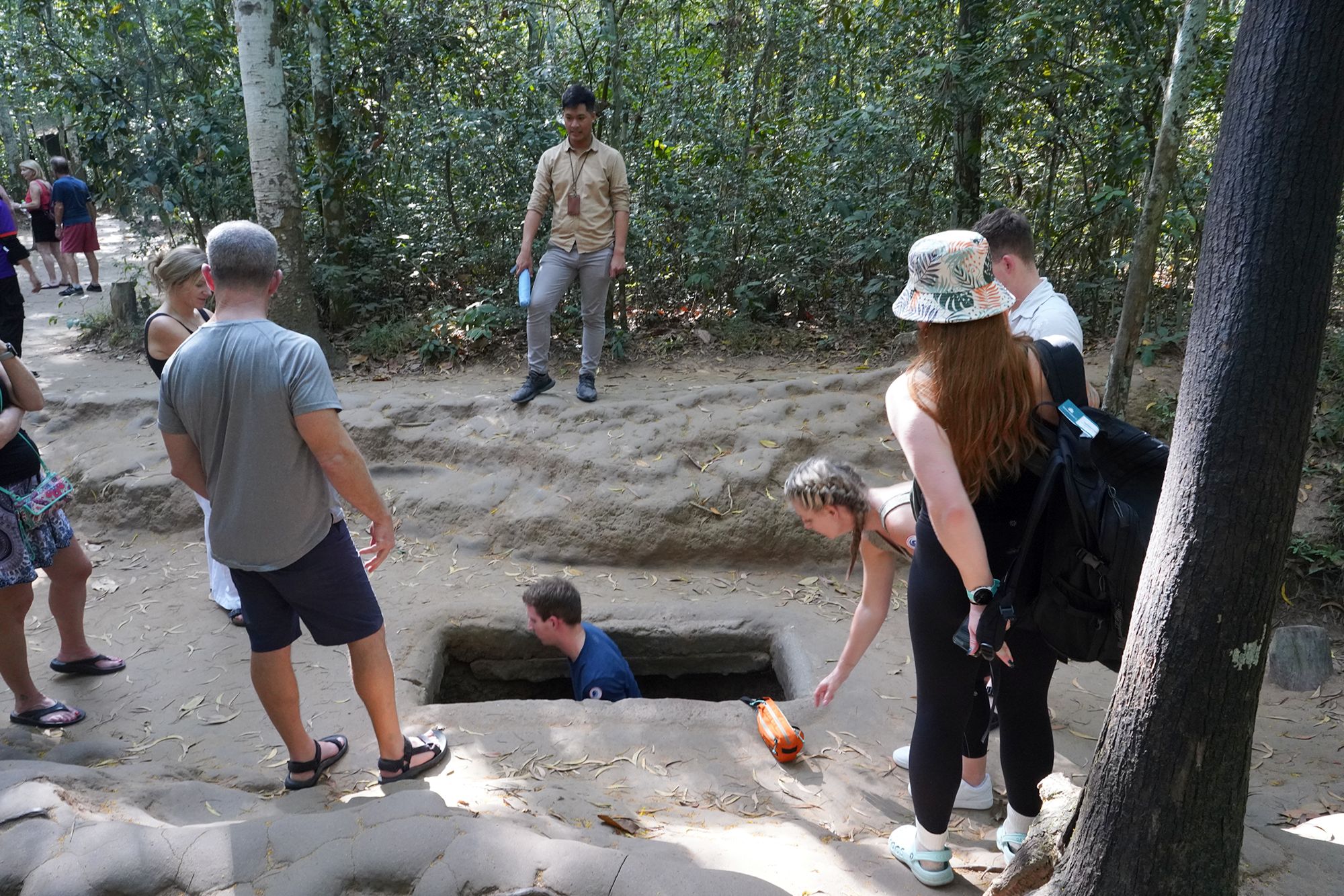
The tunnels served as a shelter from bombings and artillery, providing protection for soldiers. The tunnels were crucial for guerrilla warfare, allowing the Viet Cong to launch surprise attacks and retreat undetected
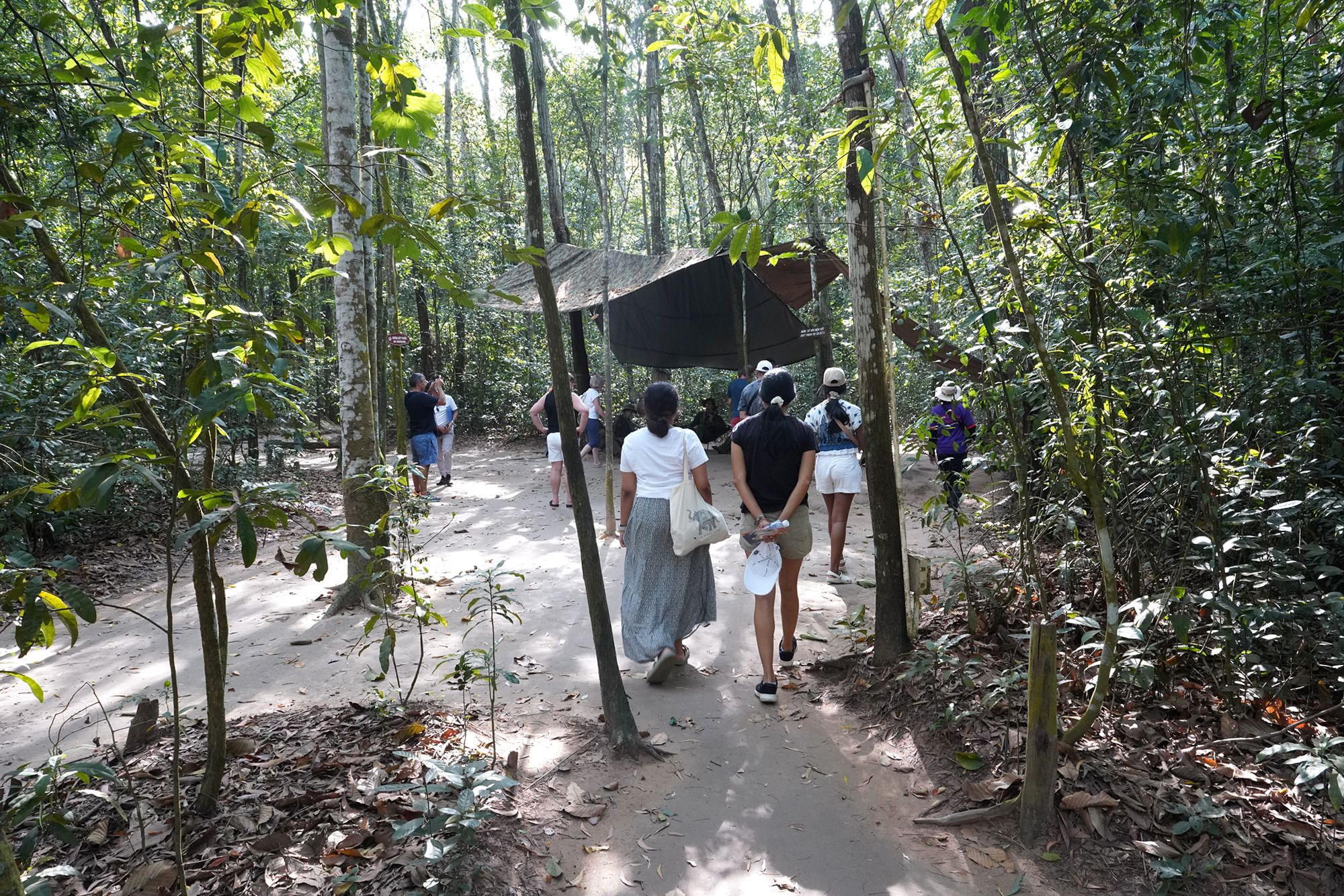
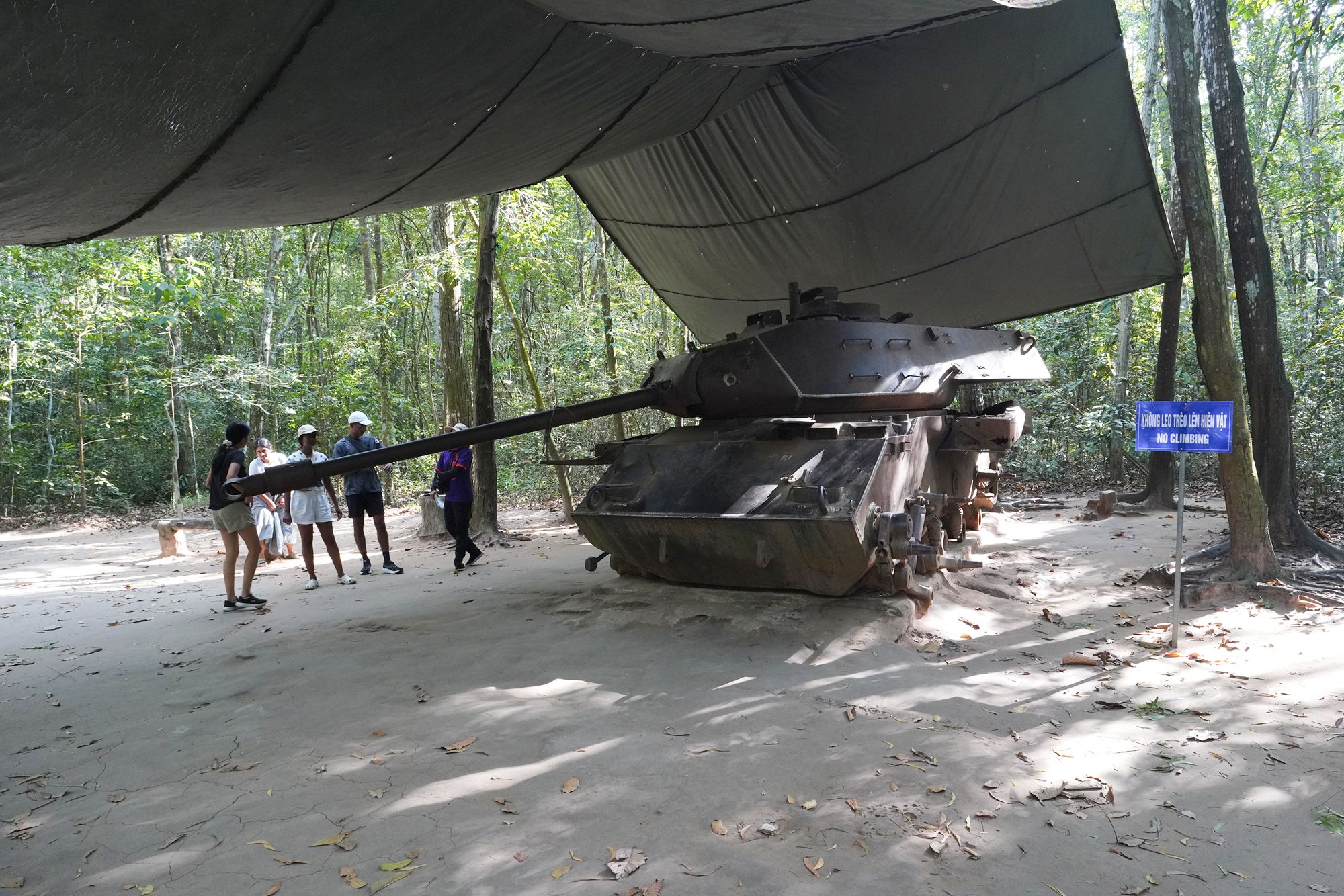
This shows different type of door traps
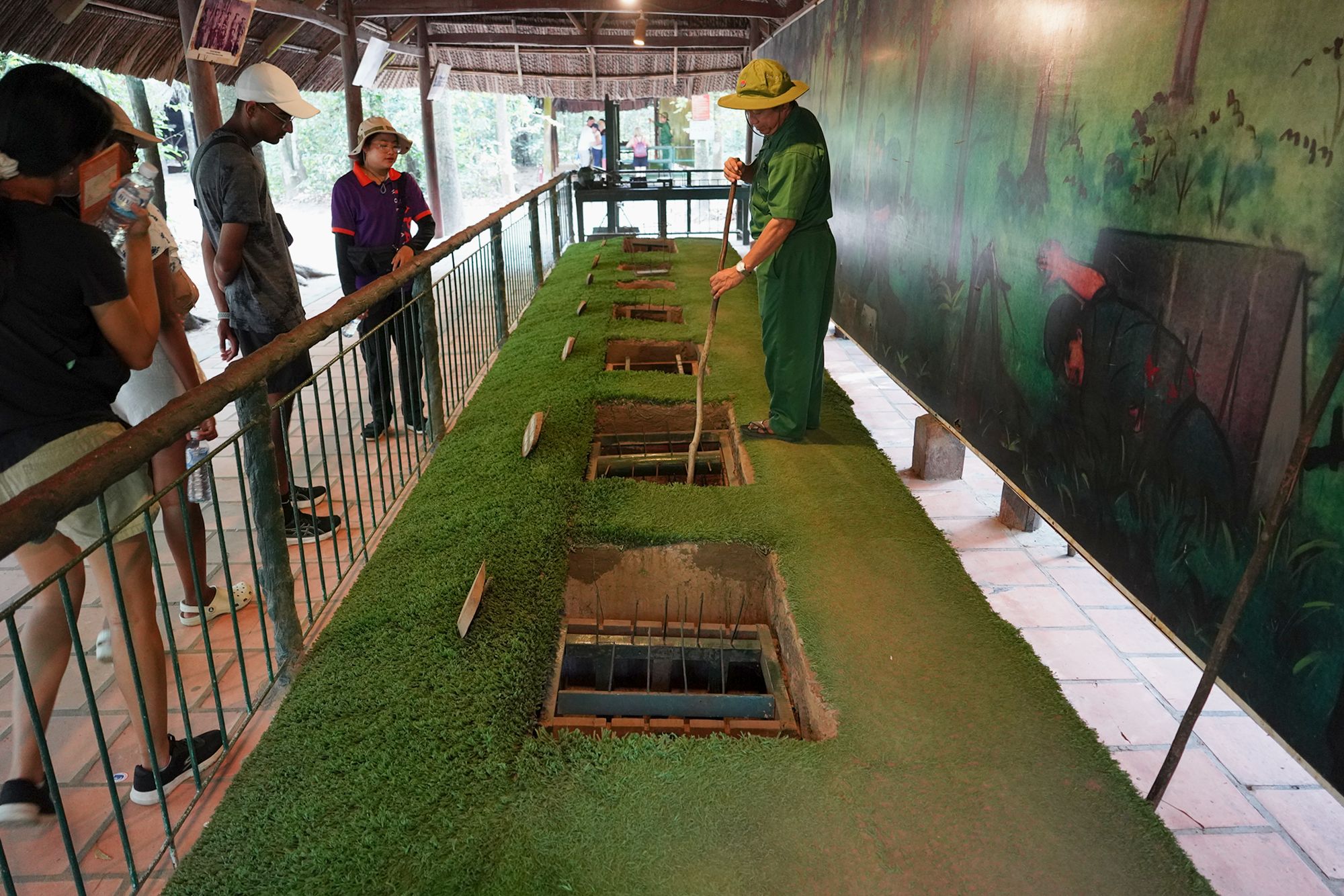
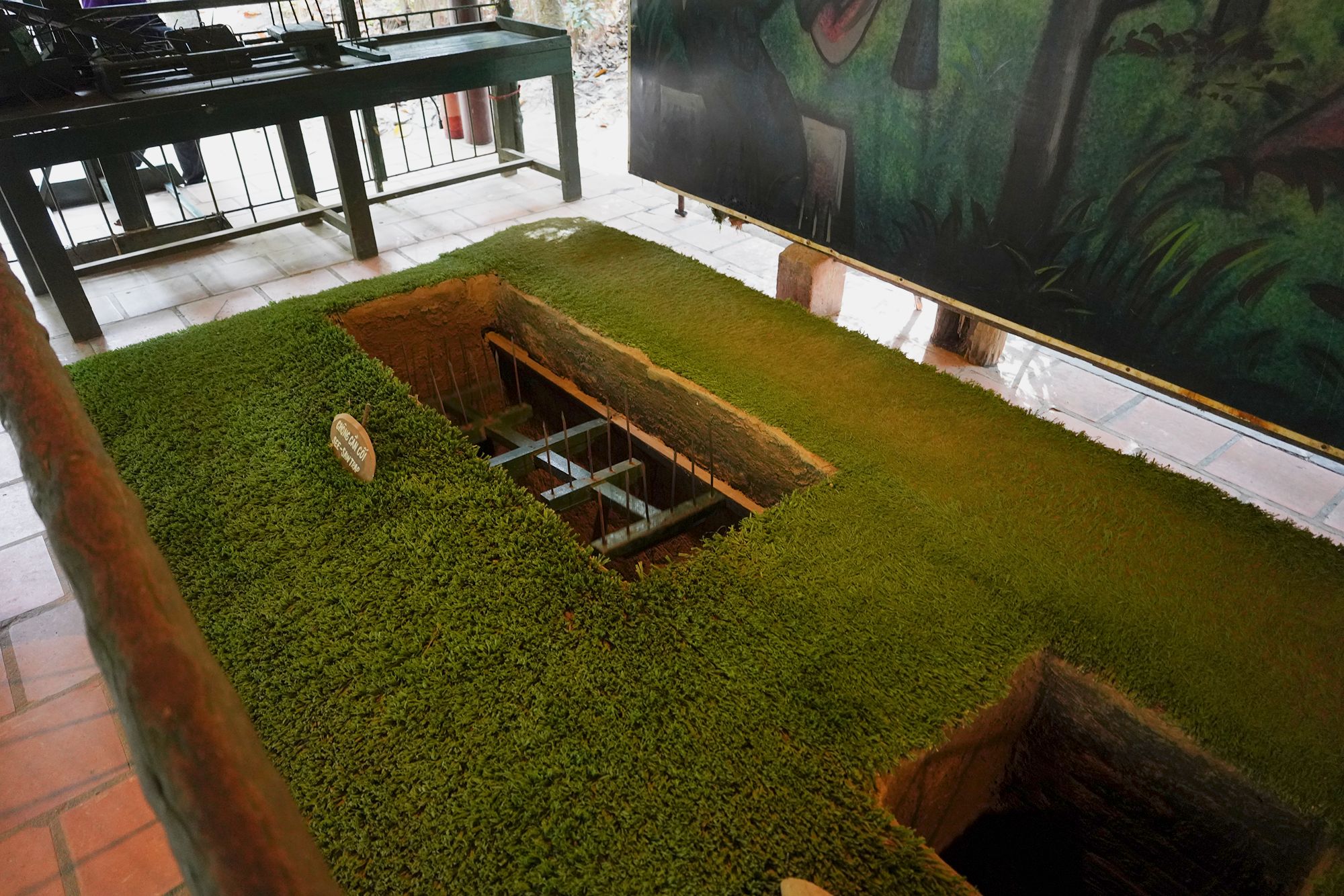
Additionally, the tunnels functioned as supply routes, transporting food, weapons, and communication across enemy-controlled areas. They were also used as living quarters, equipped with kitchens, medical facilities, and meeting rooms, enabling soldiers to stay underground for long periods.
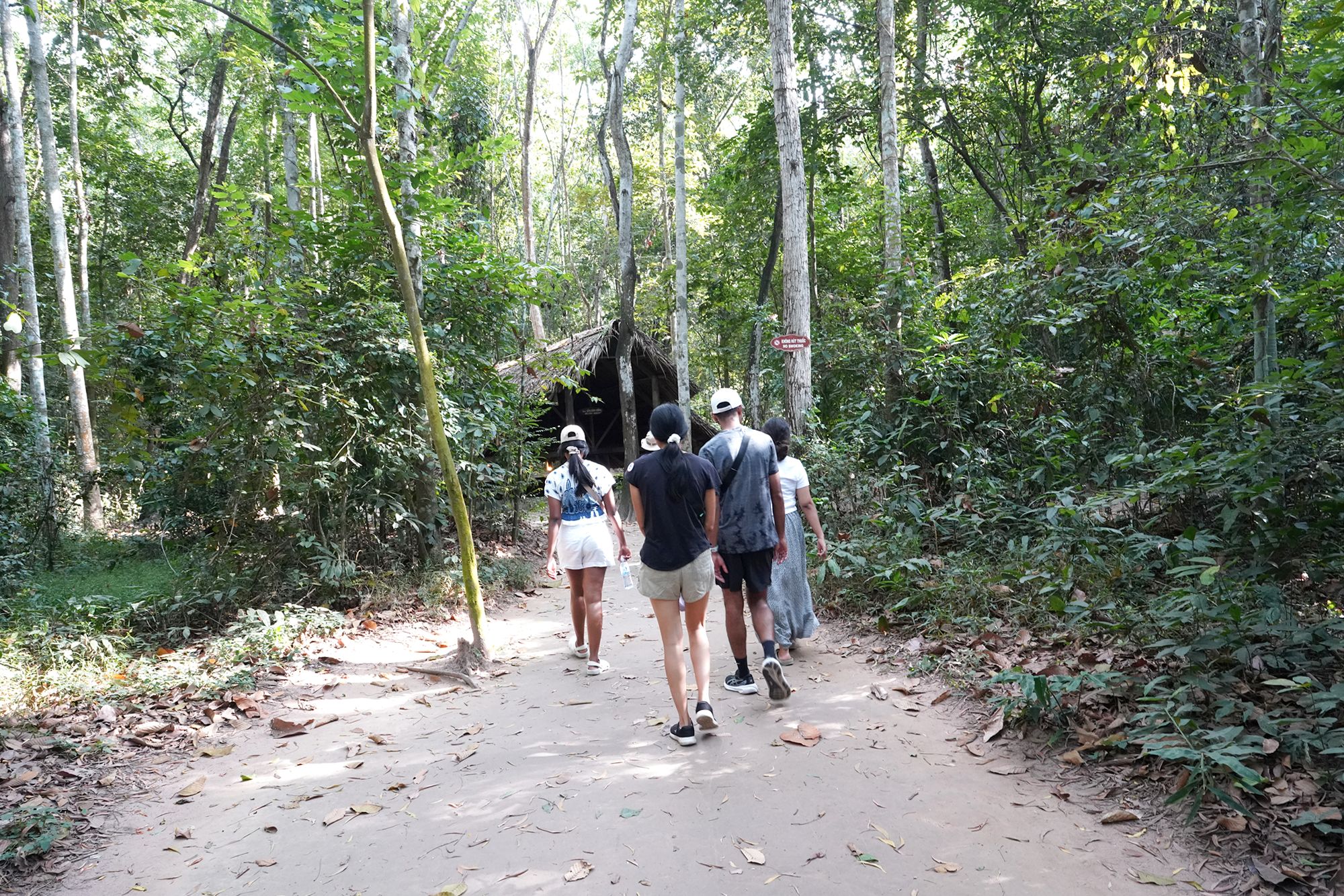
A submerged workshops
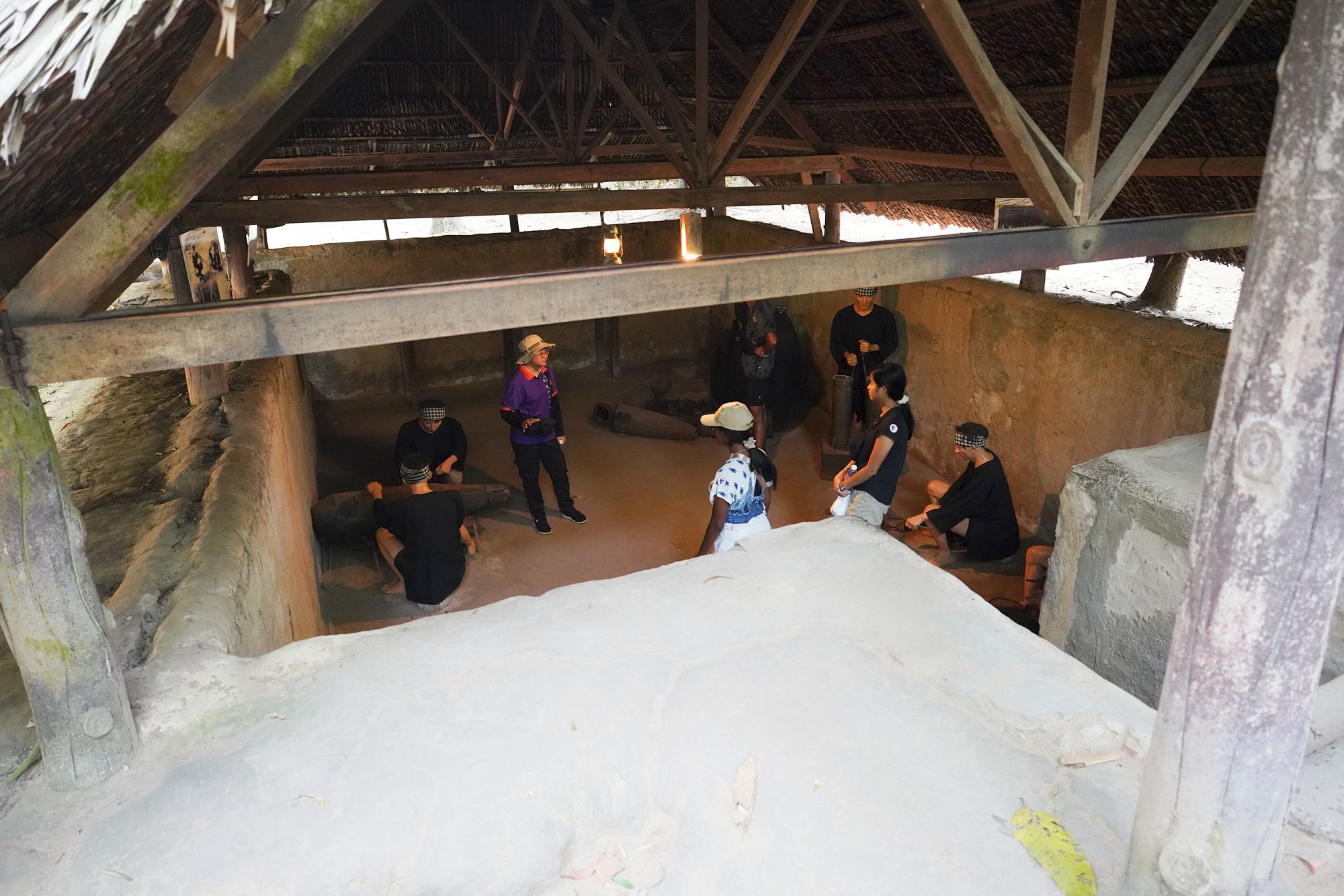
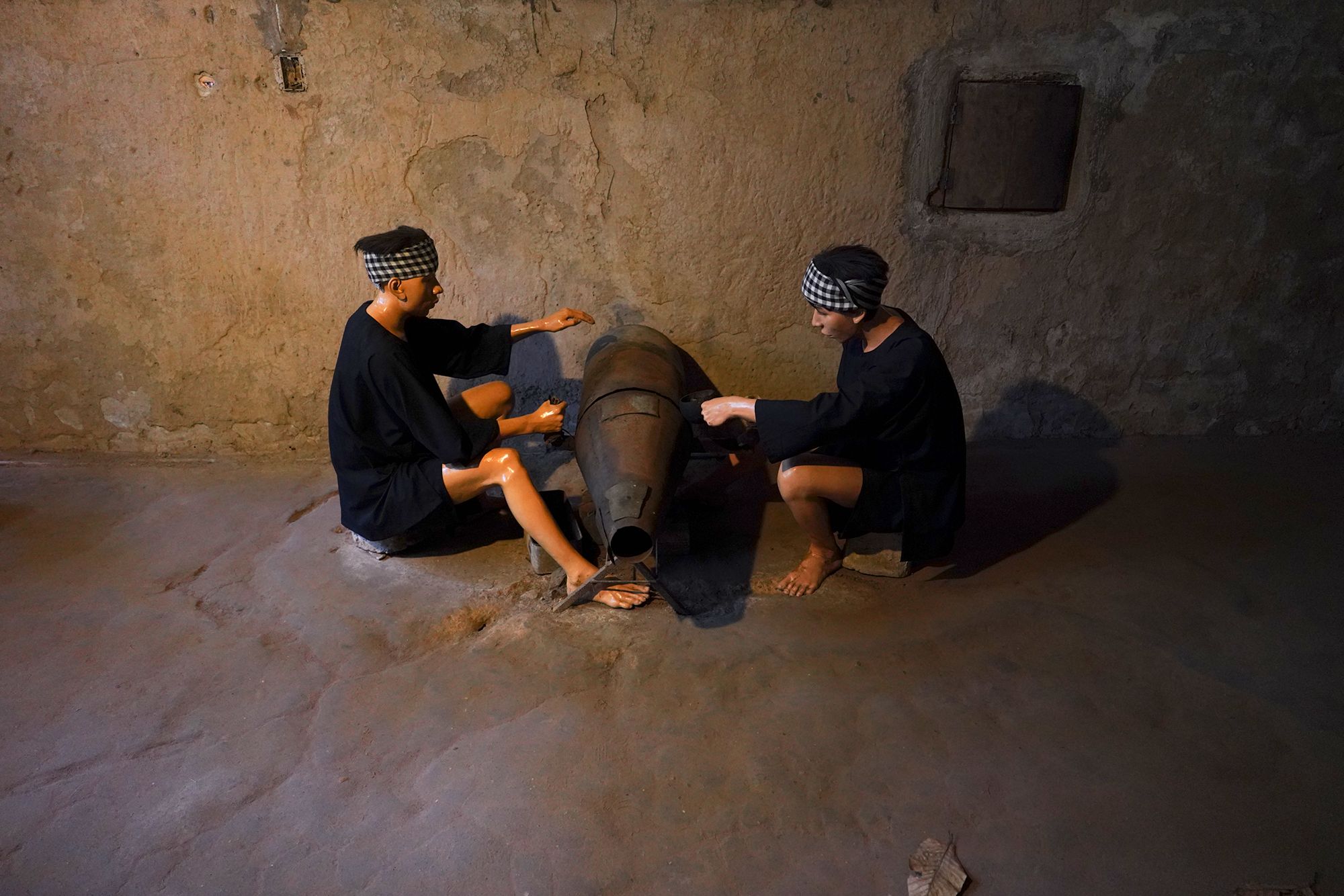
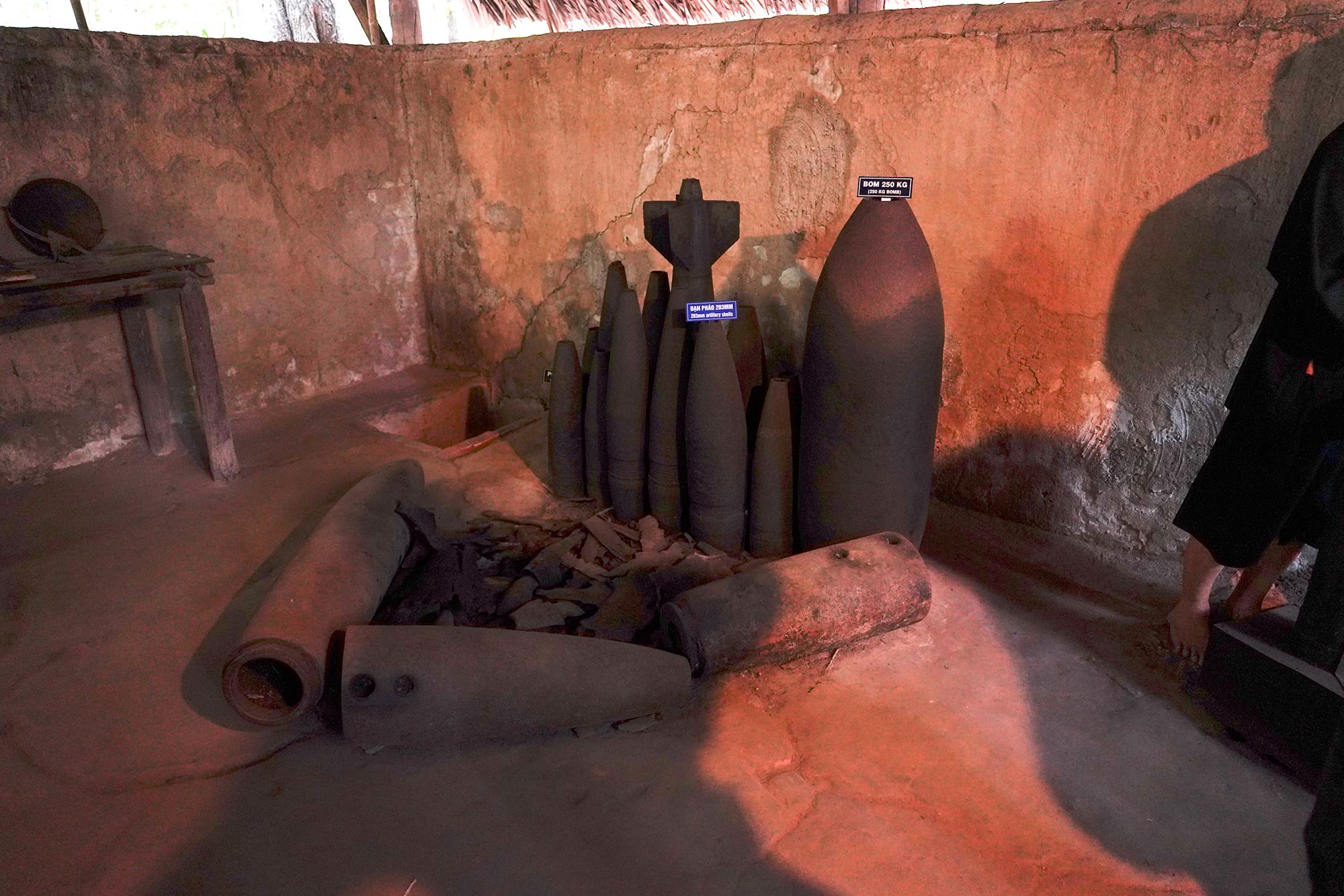
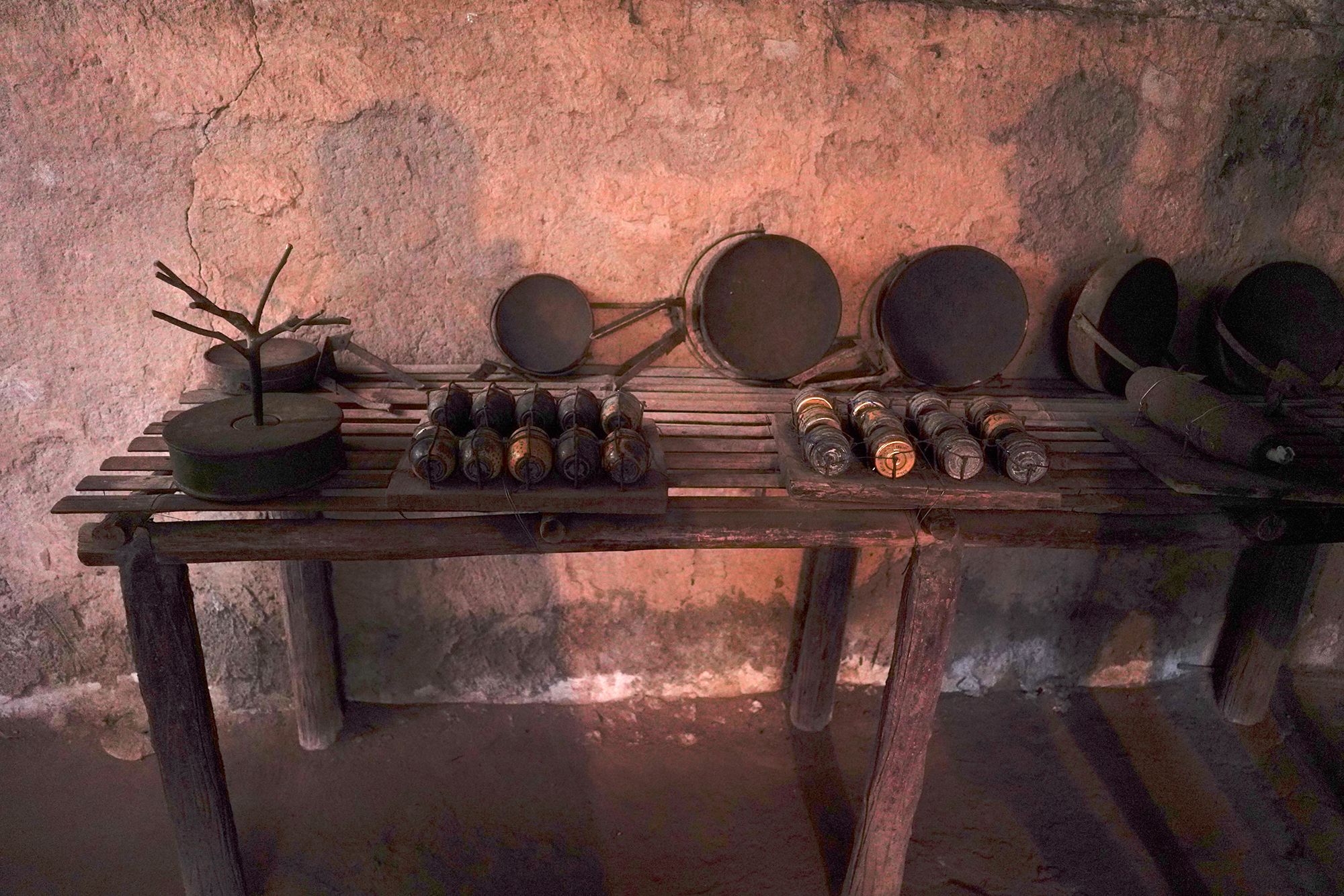
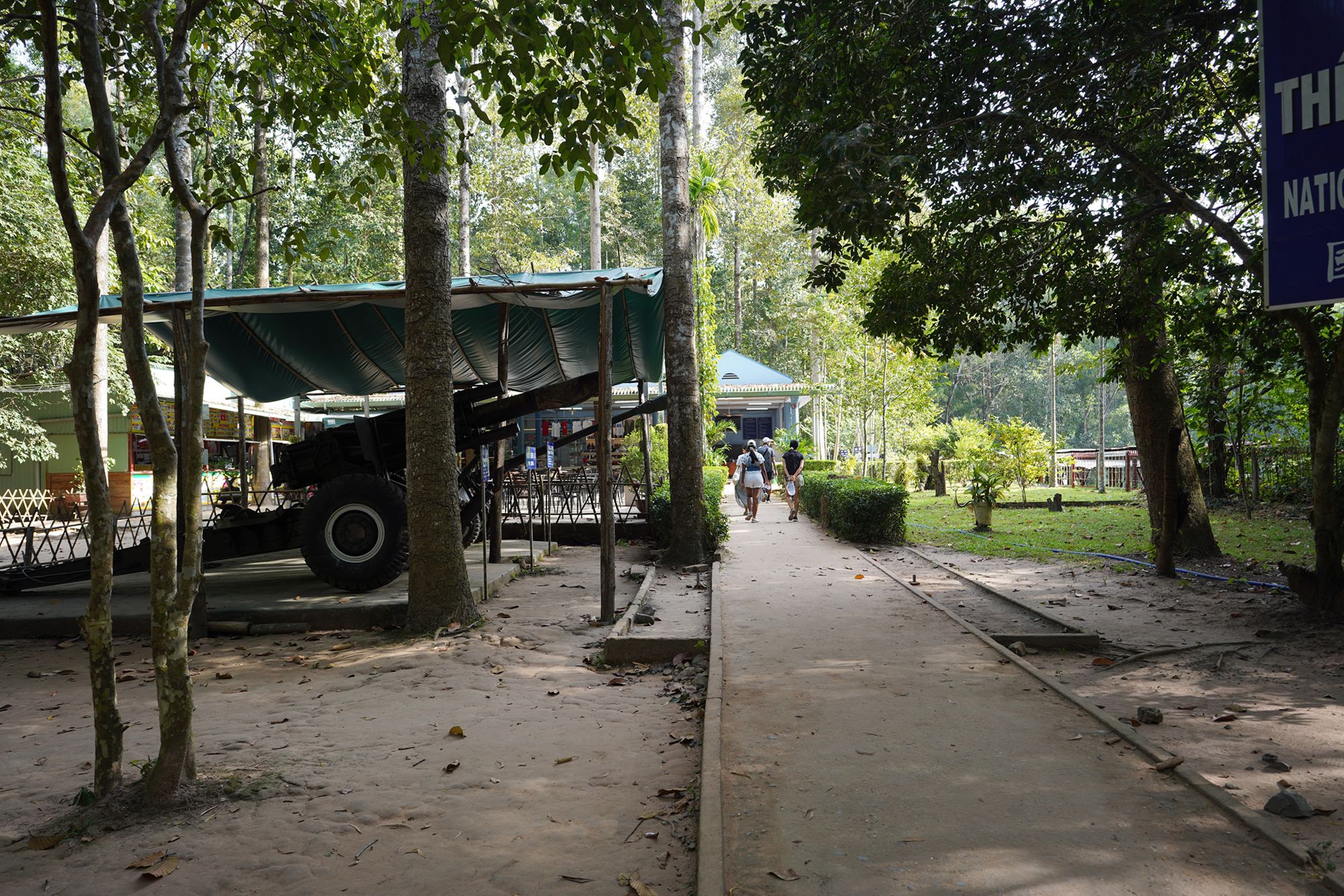
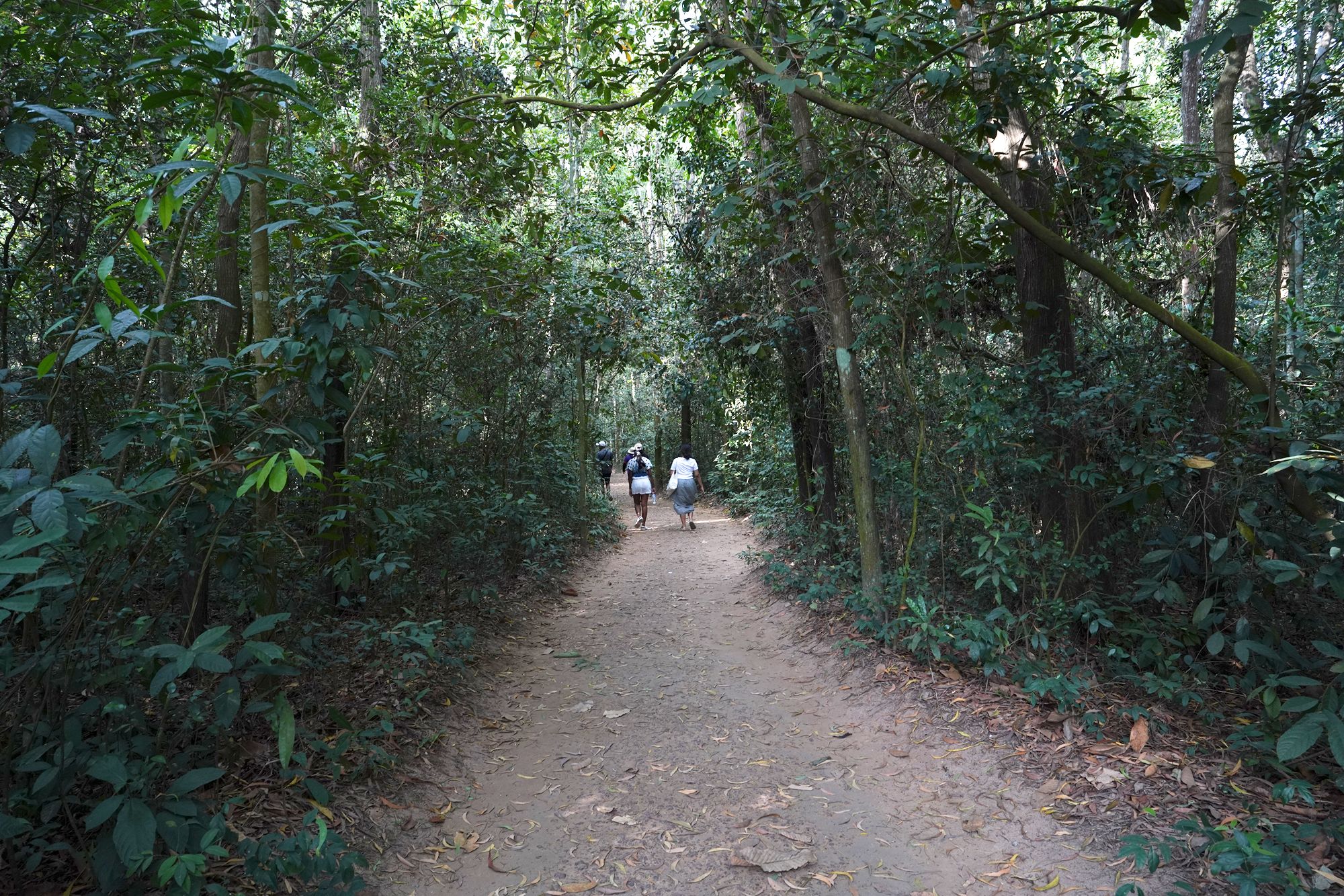
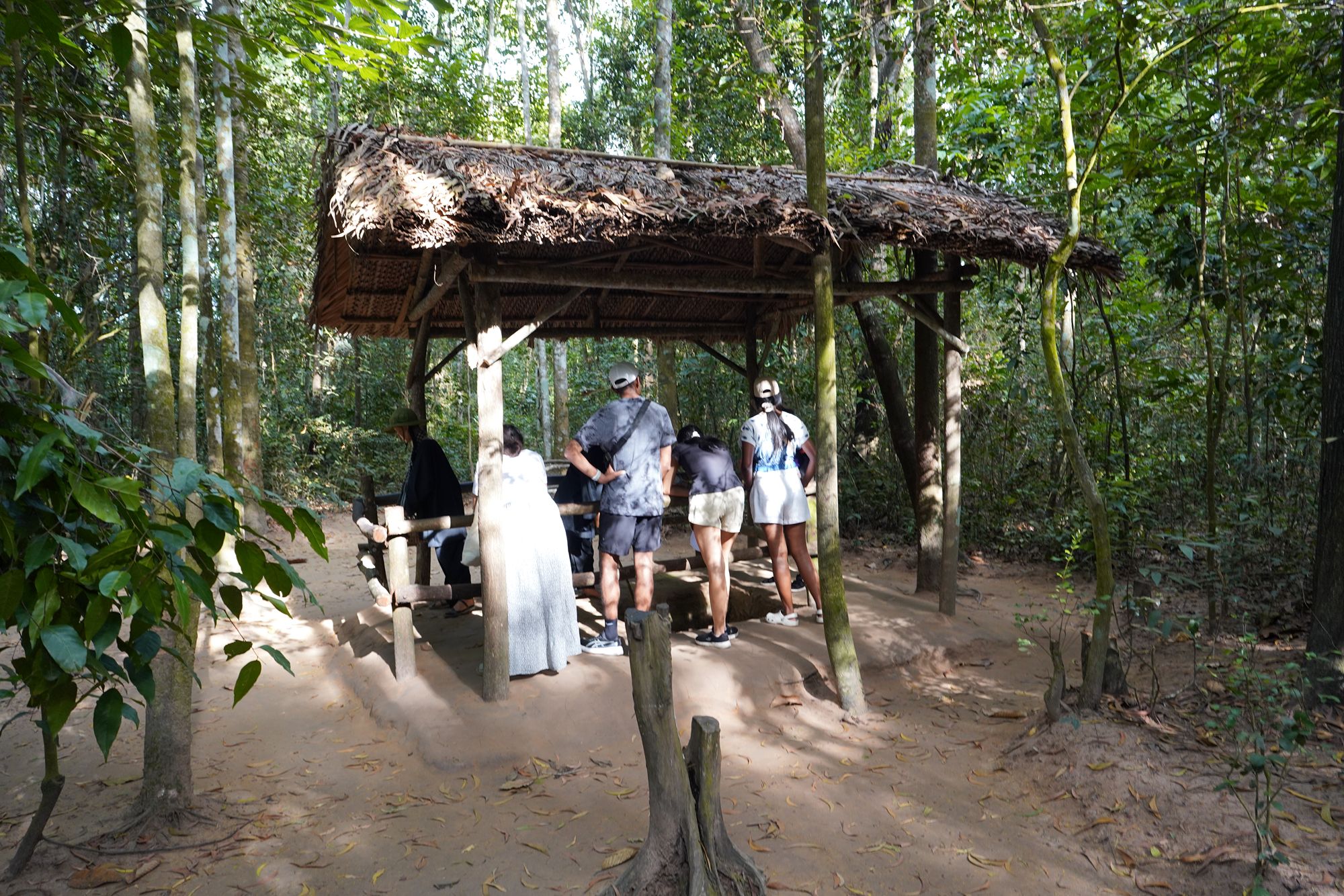
This one shows underground area
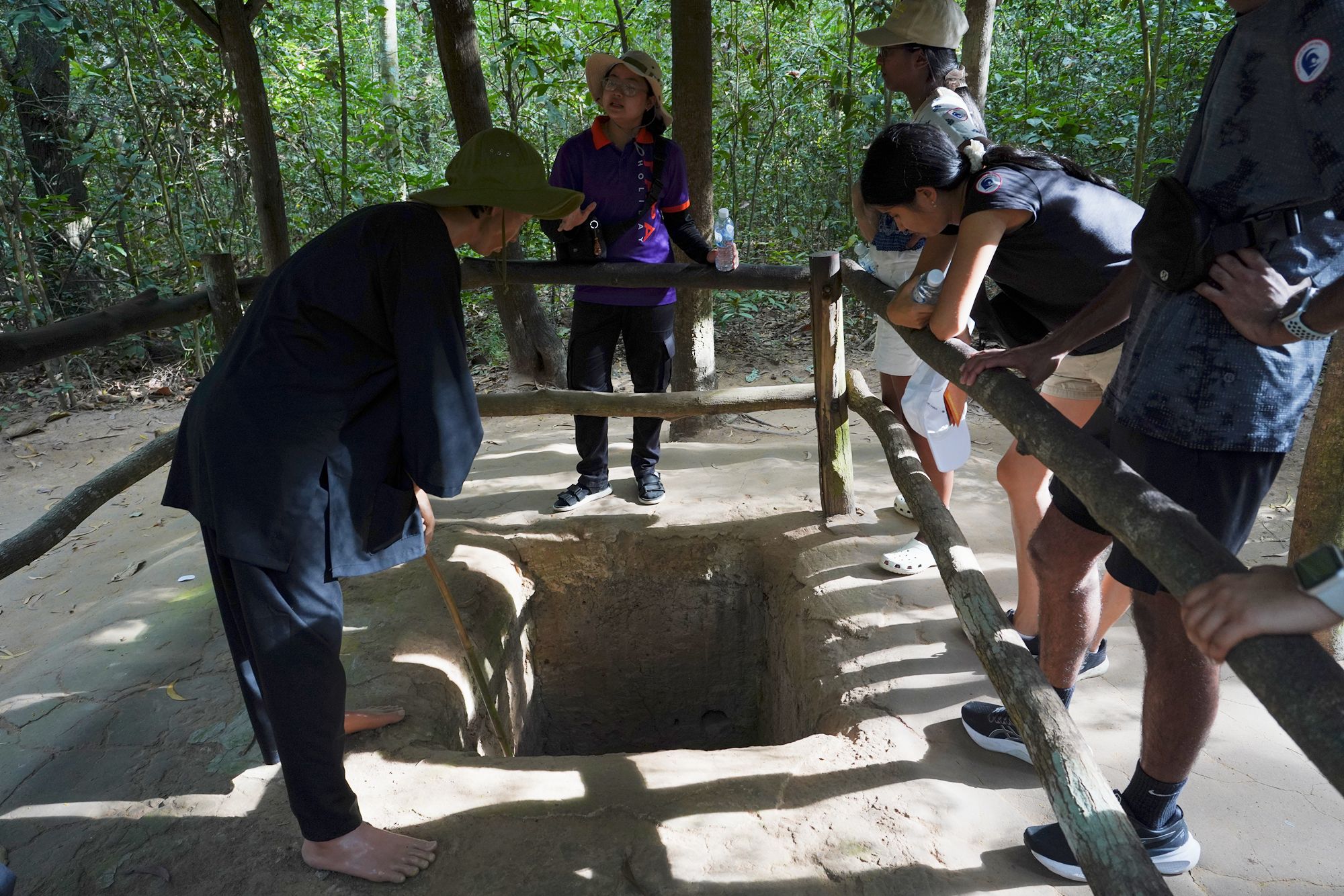
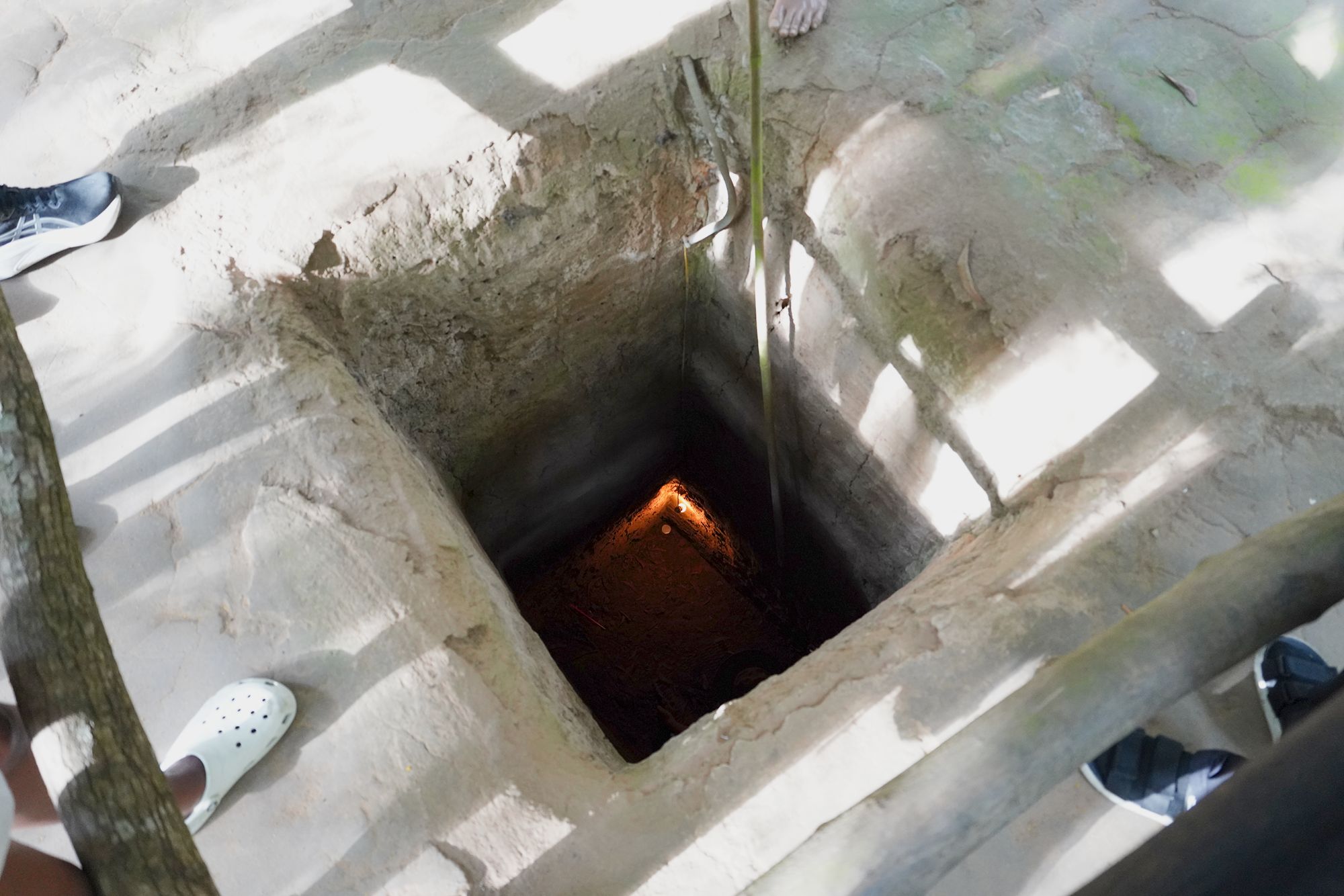
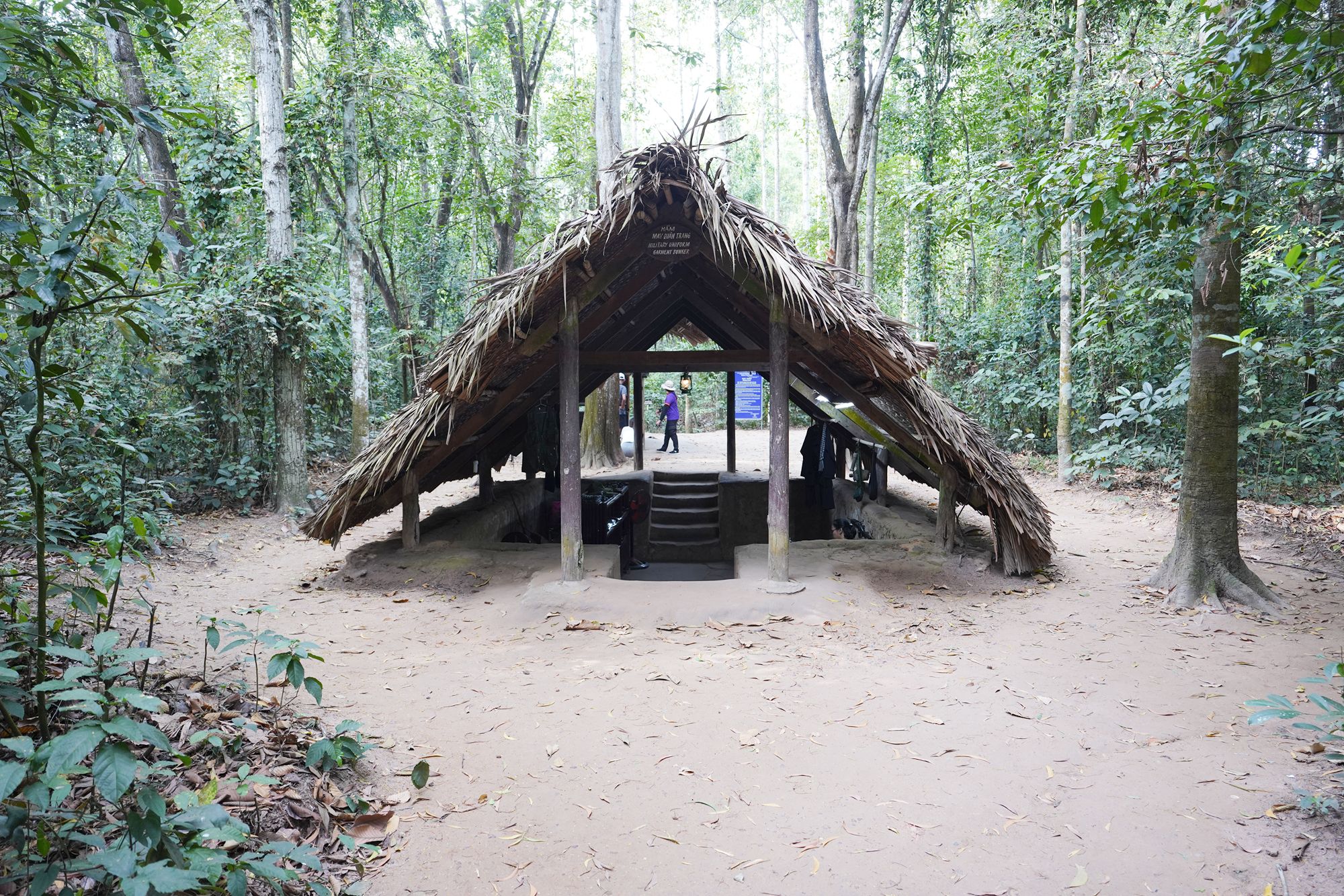
Another submerged work area
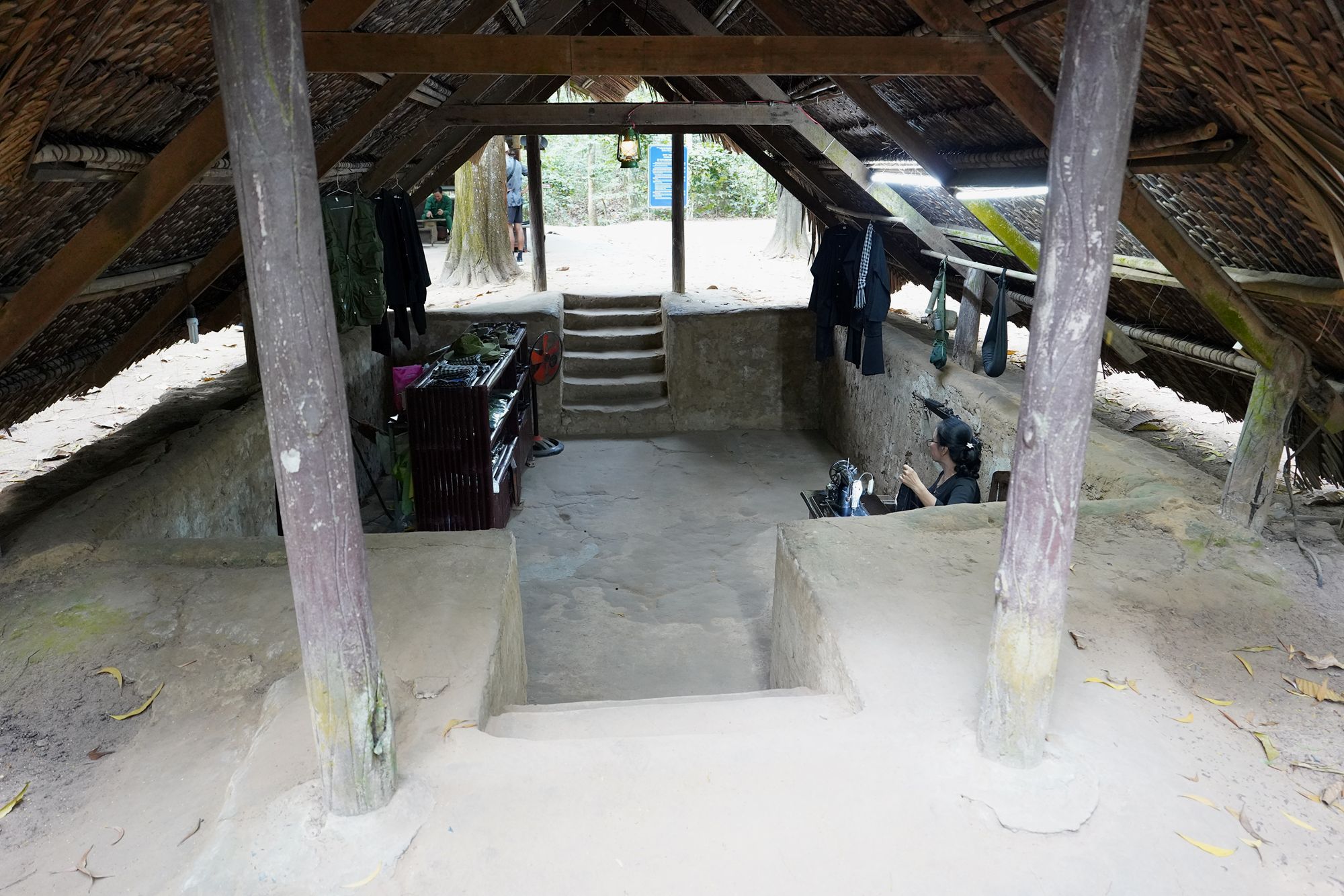
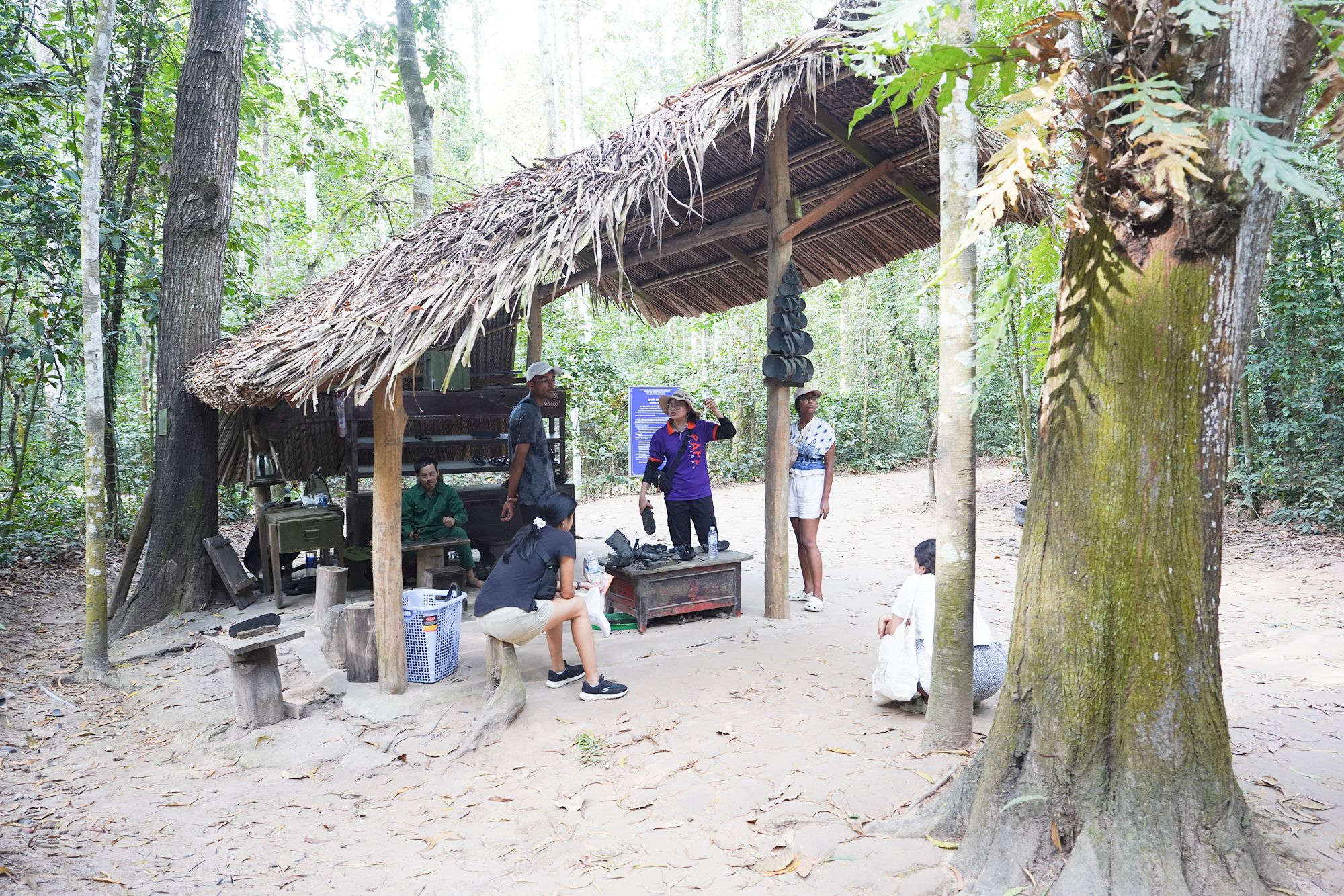
These underground stairs allowed visitors to descend to the tunnel area and crawl through a small section of the underground tunnels. The tunnels offer three different lengths: a brief and short section, a slightly longer one, and the longest option for those seeking a more extensive experience.
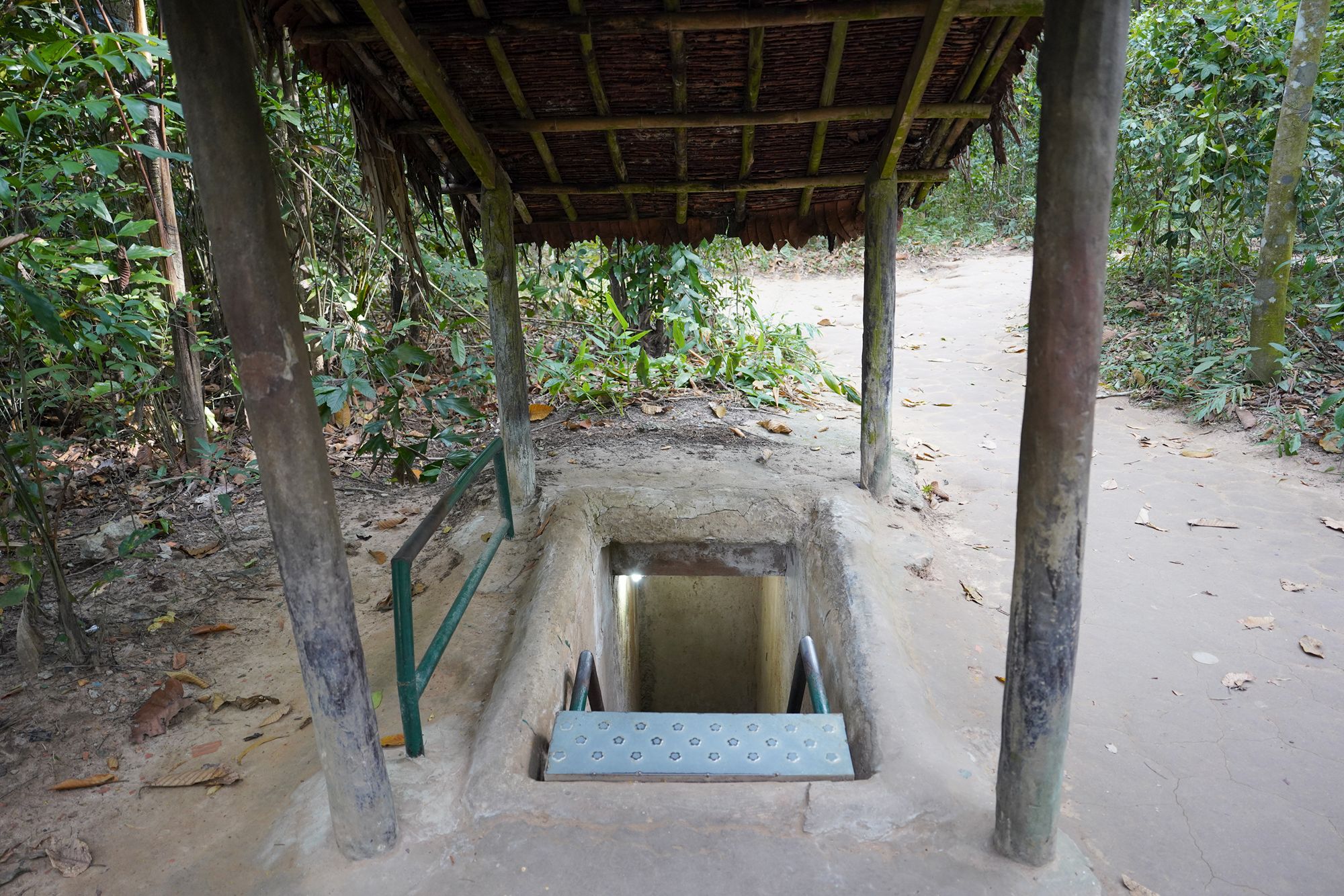
I tried the shortest tunnel, but it felt claustrophobic, and my knees hurt from kneeling and crawling forward.
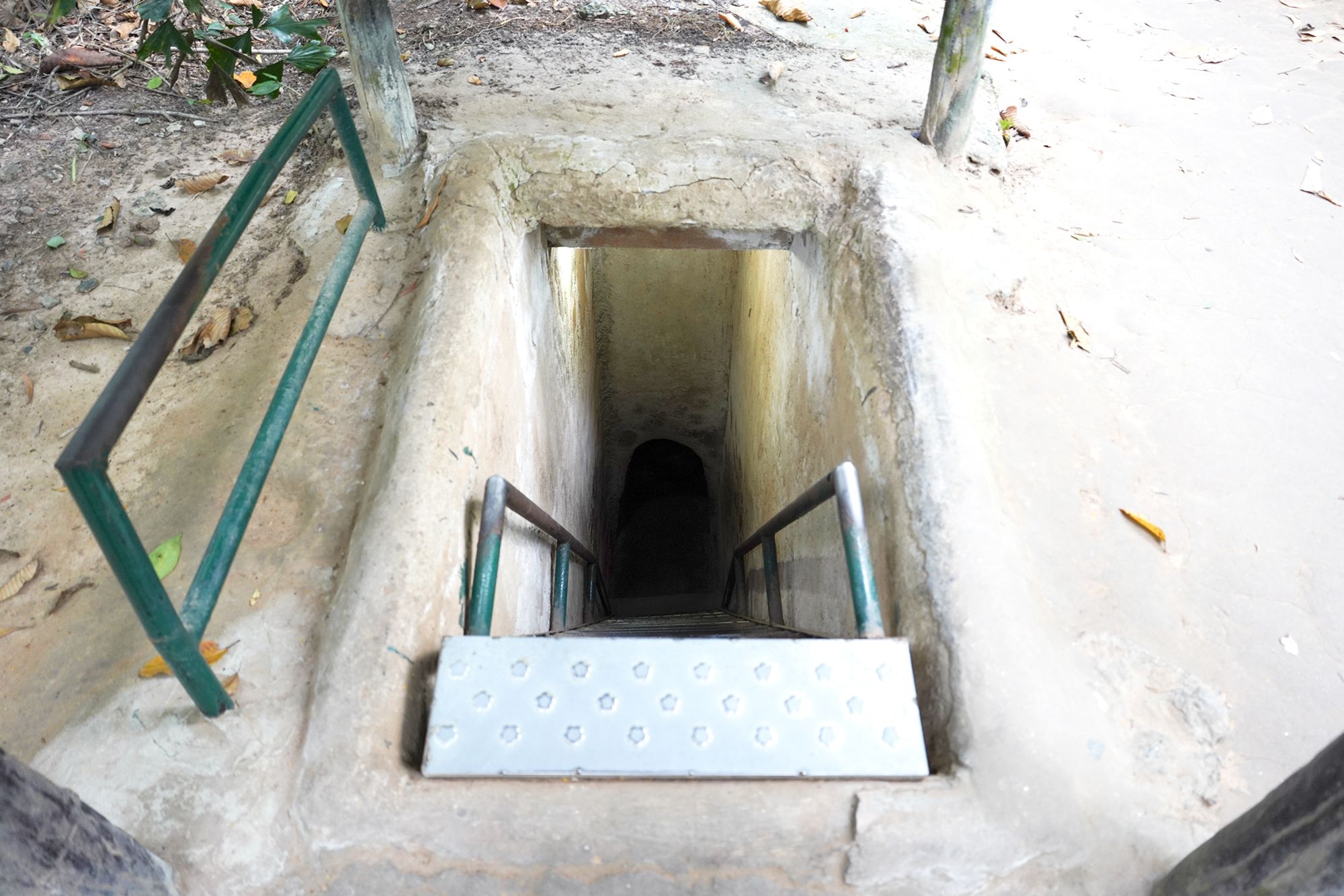
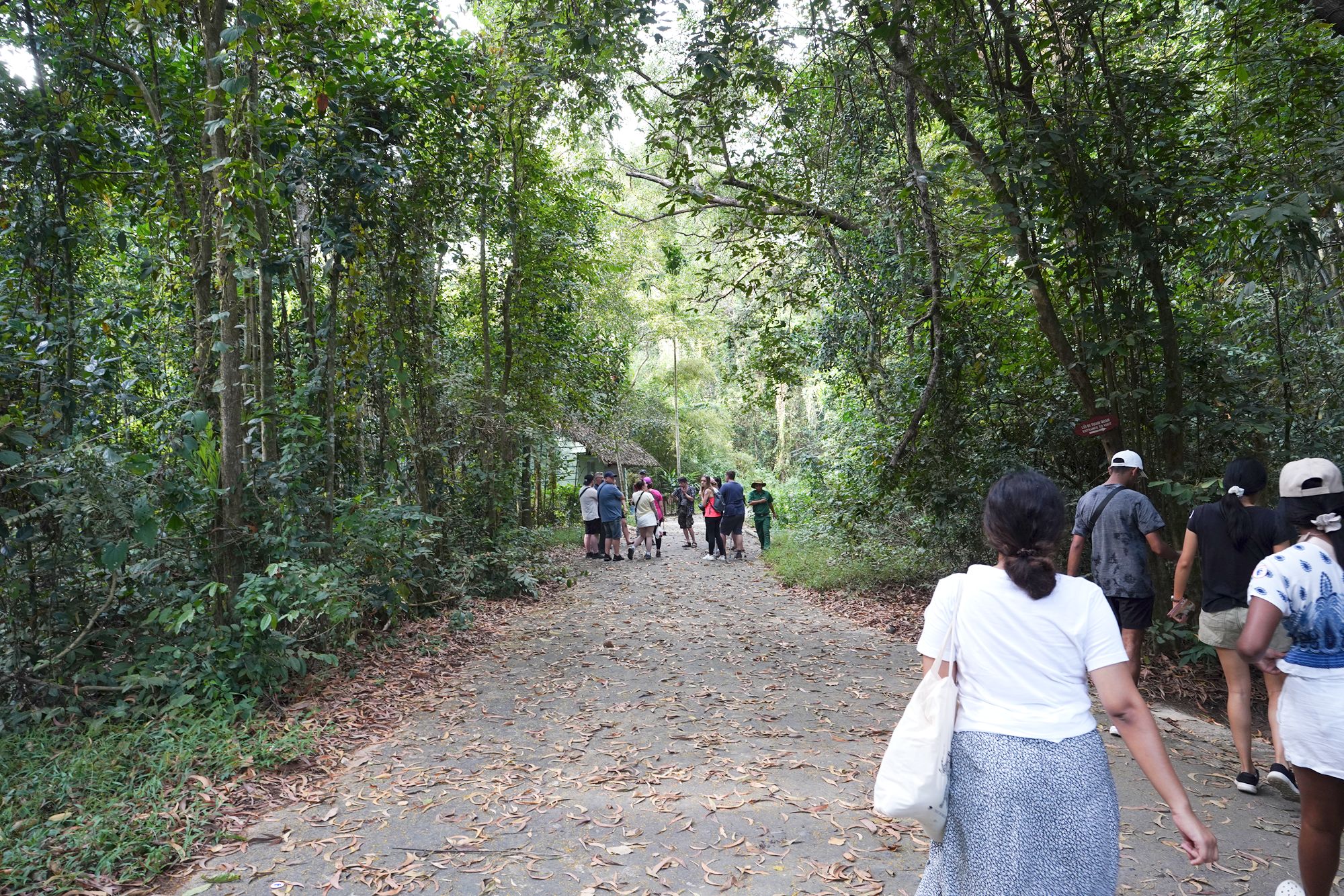
Another submerged area
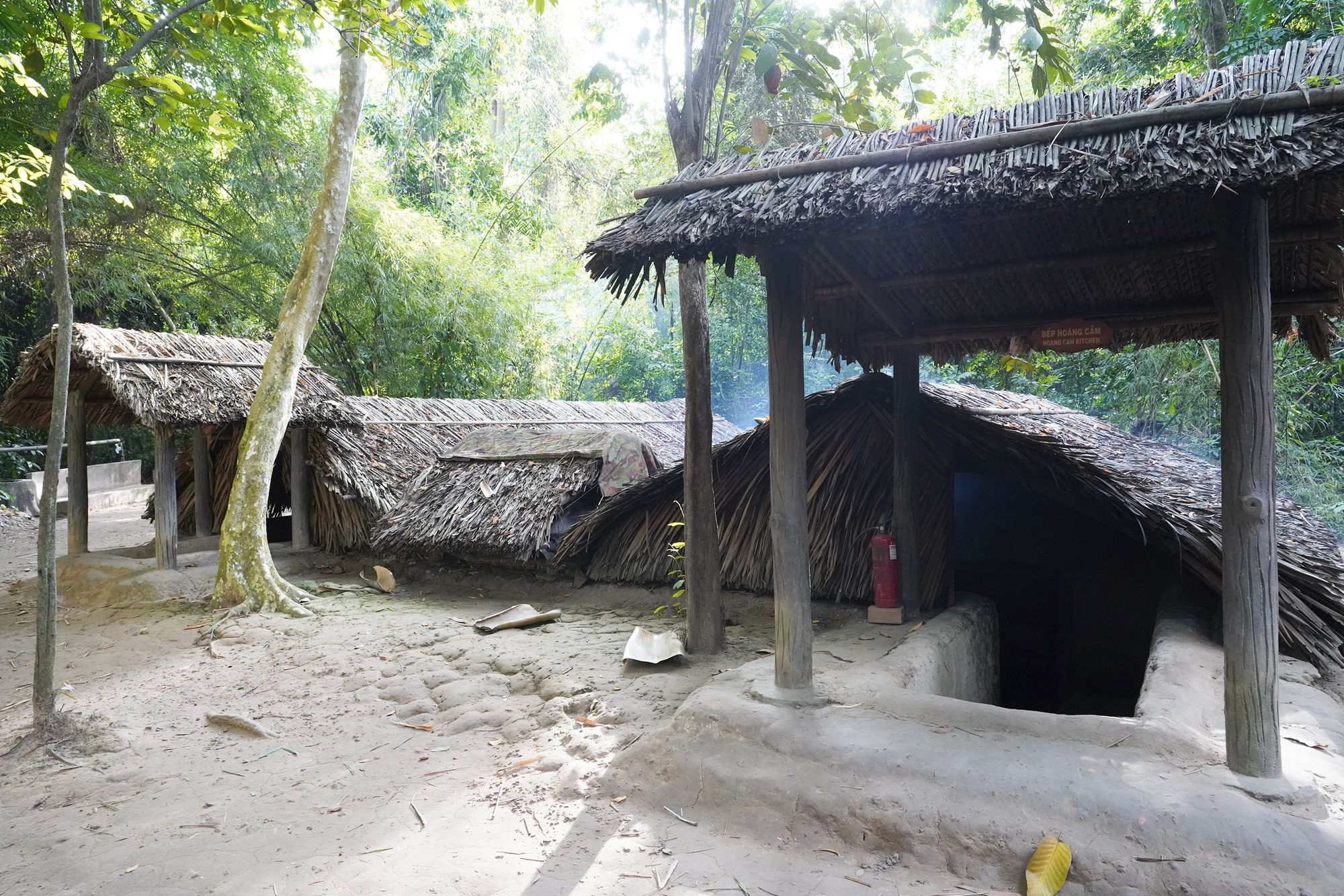
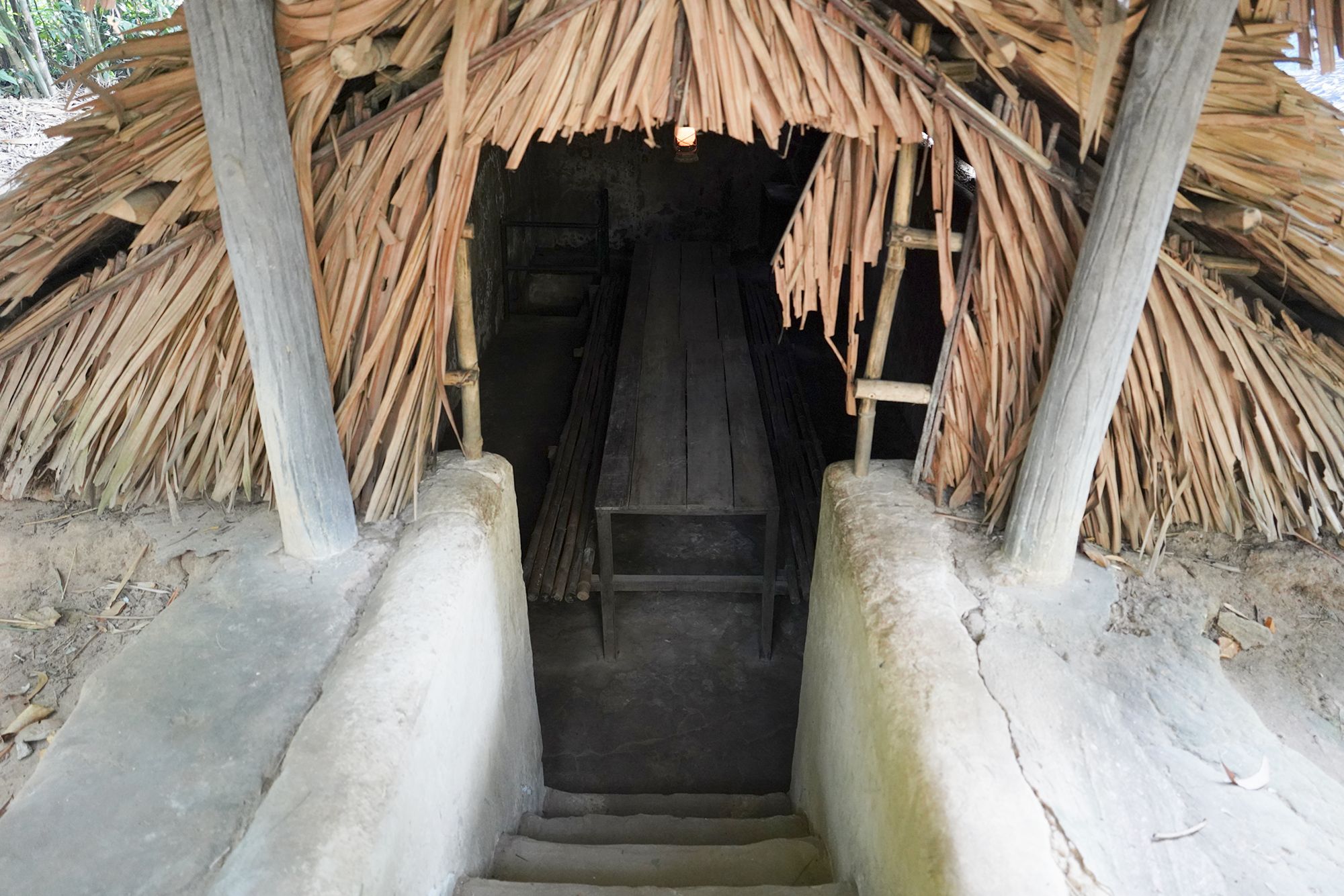
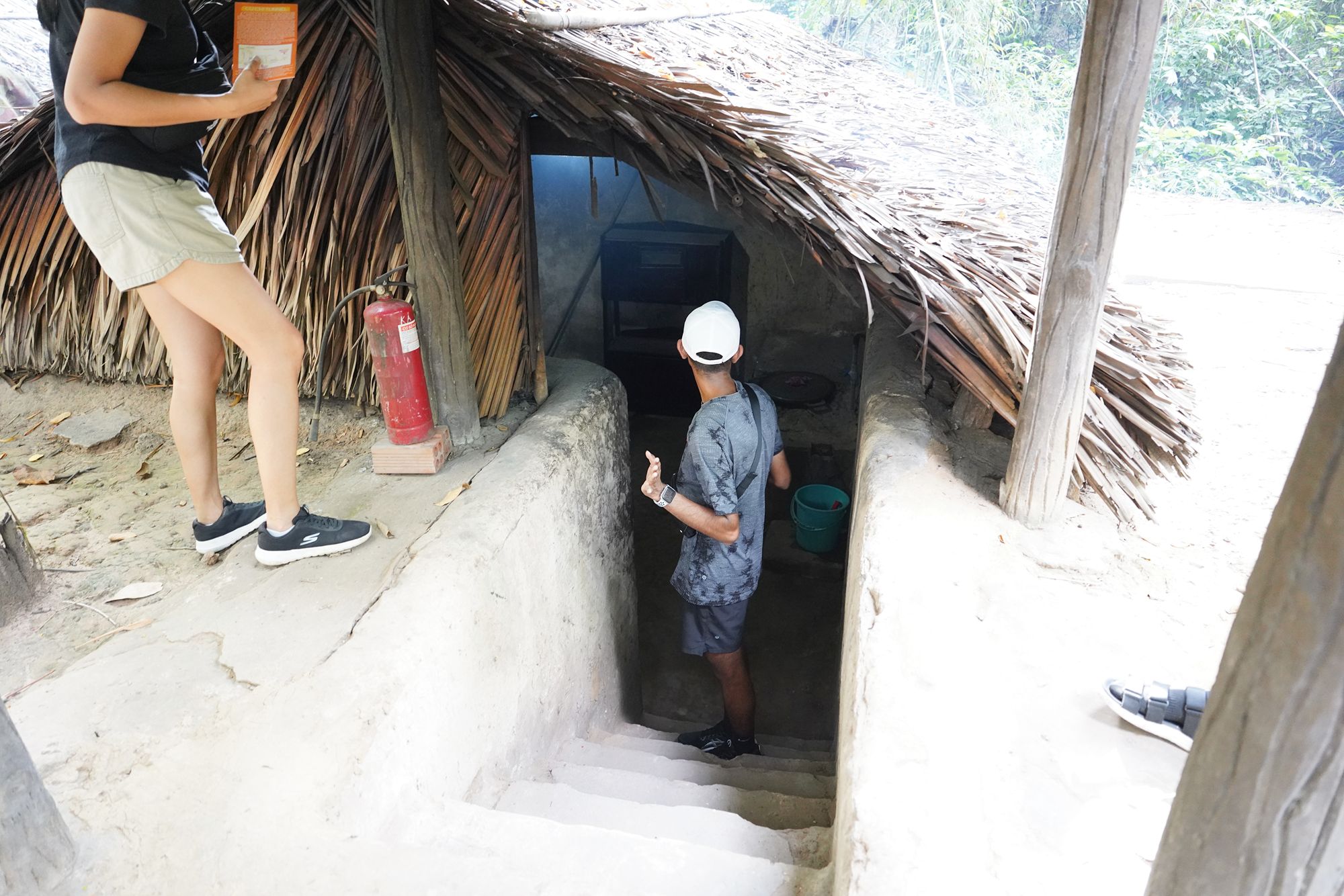
Ingenious designs, such as hidden entrances and ventilation systems, helped them avoid detection. These tunnels symbolized resilience and played a critical role in the Viet Cong’s success against more powerful forces.
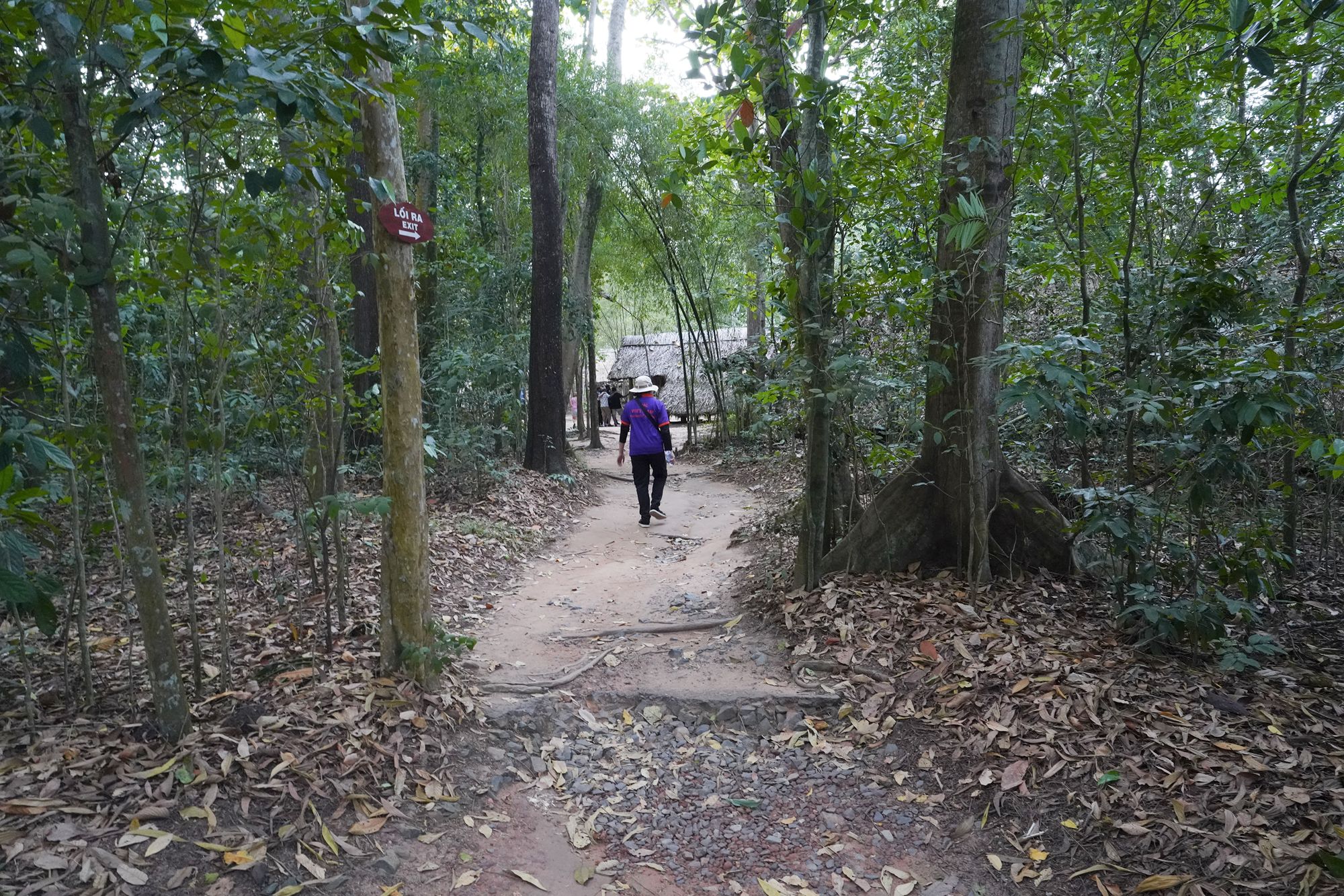
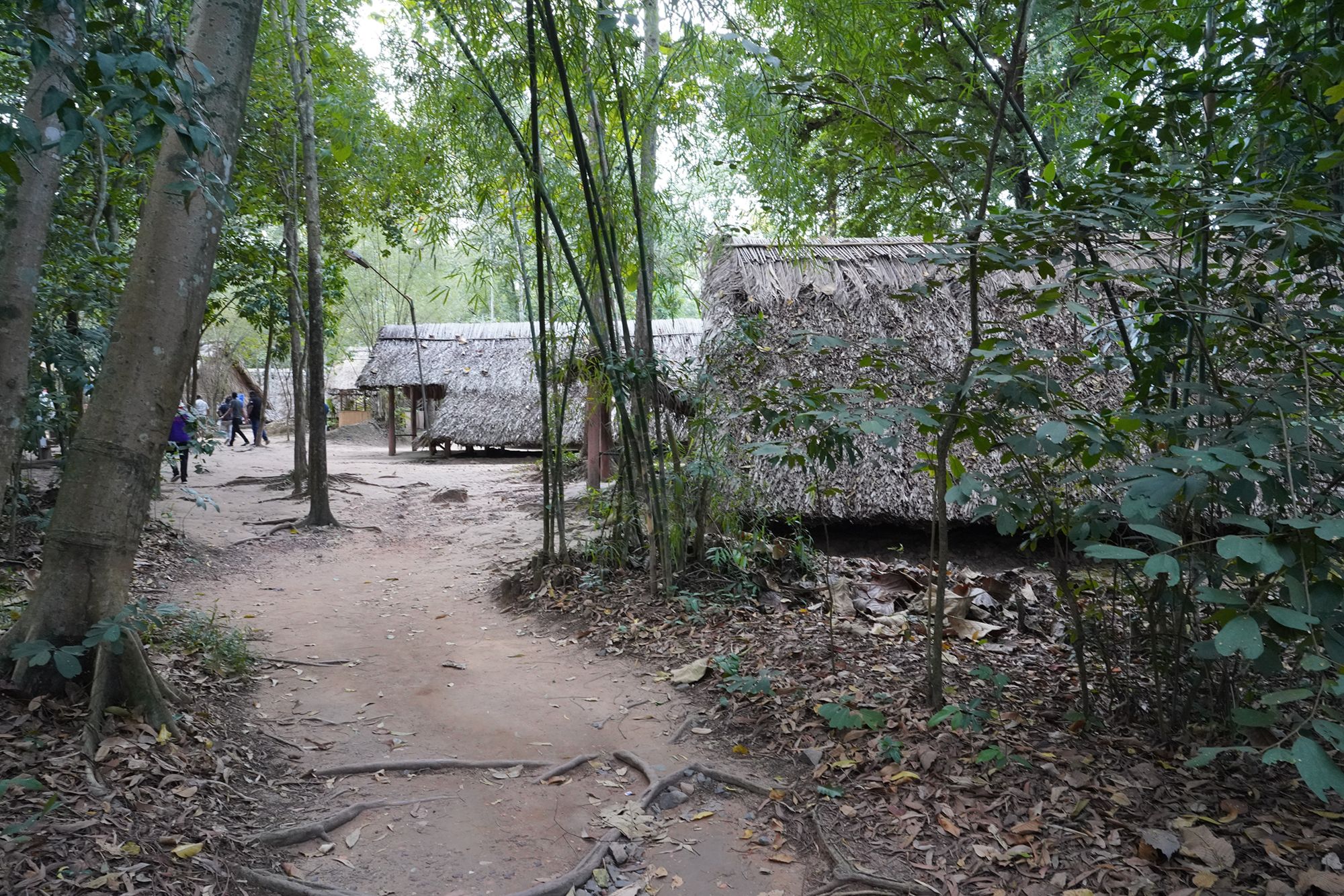
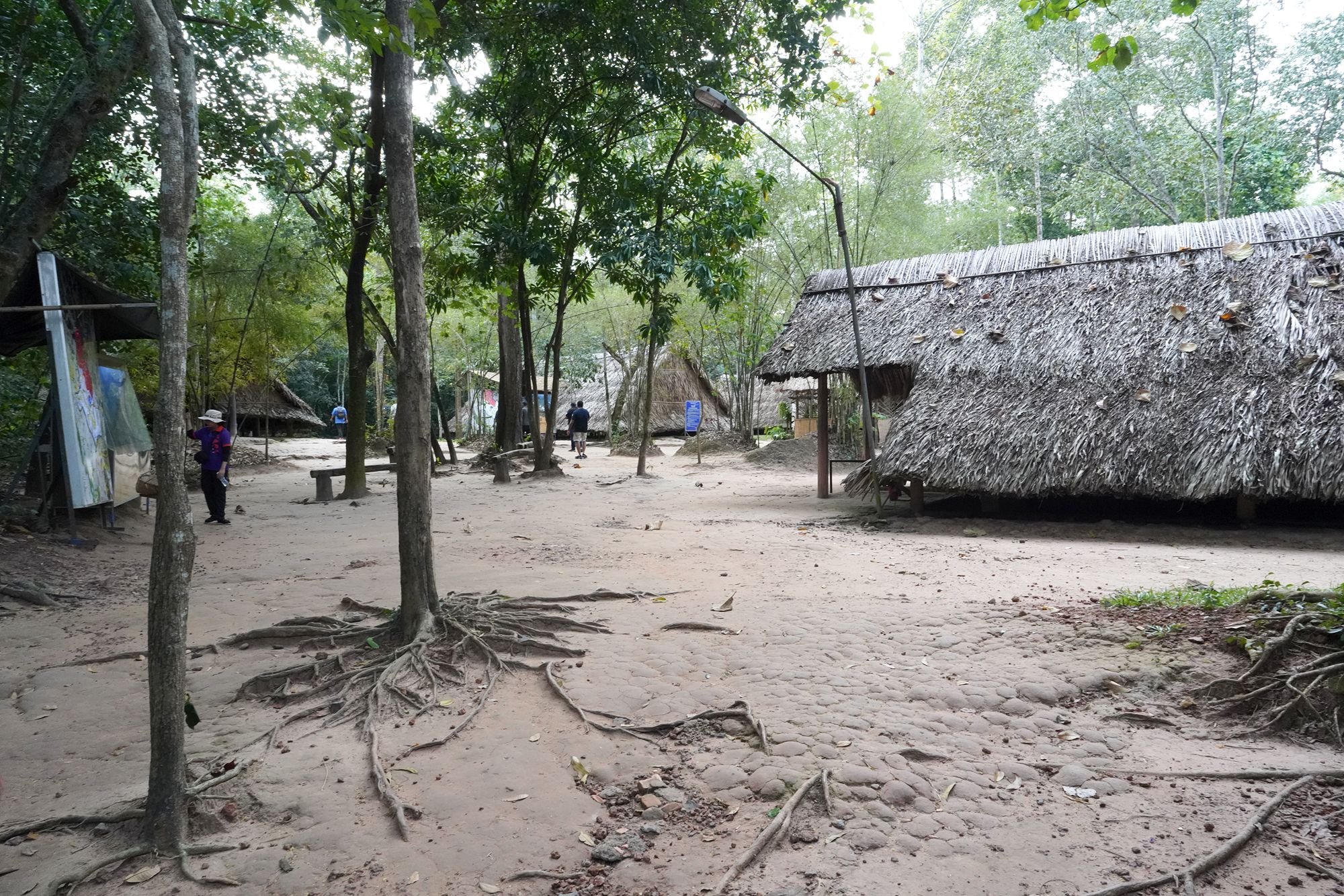
This is a map of the tunnel area. The Cu Chi Tunnel system covered an area of over 200 kilometers (124 miles) of interconnected tunnels, stretching across parts of Cu Chi District and neighboring areas near Ho Chi Minh City.
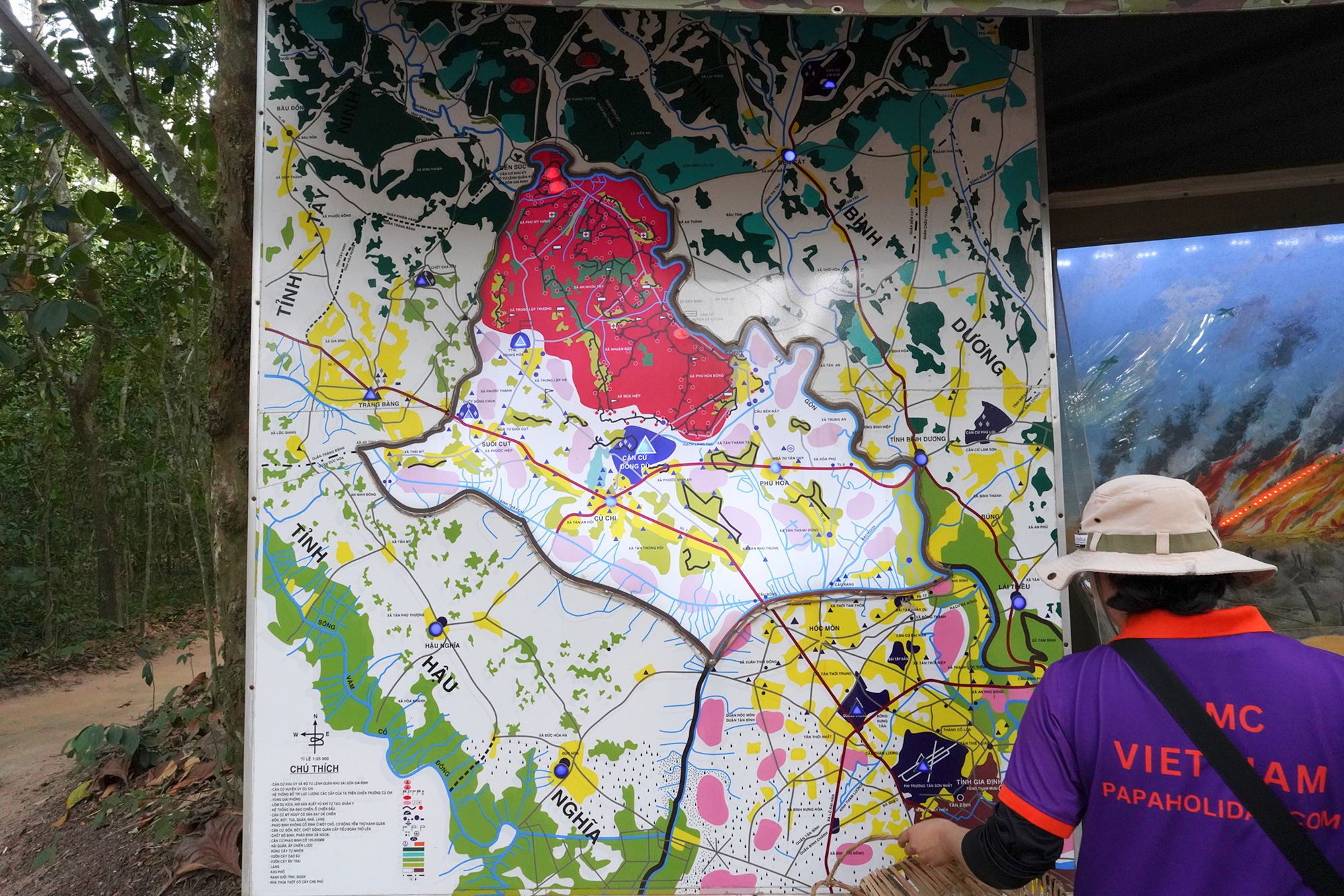
The tunnel network was divided into multiple levels and included living spaces, storage rooms, kitchens, weapon caches, and command centers. While the entire system spanned a vast region, most of the preserved tourist areas are concentrated in Ben Duoc and Ben Dinh, each covering a few square kilometers.
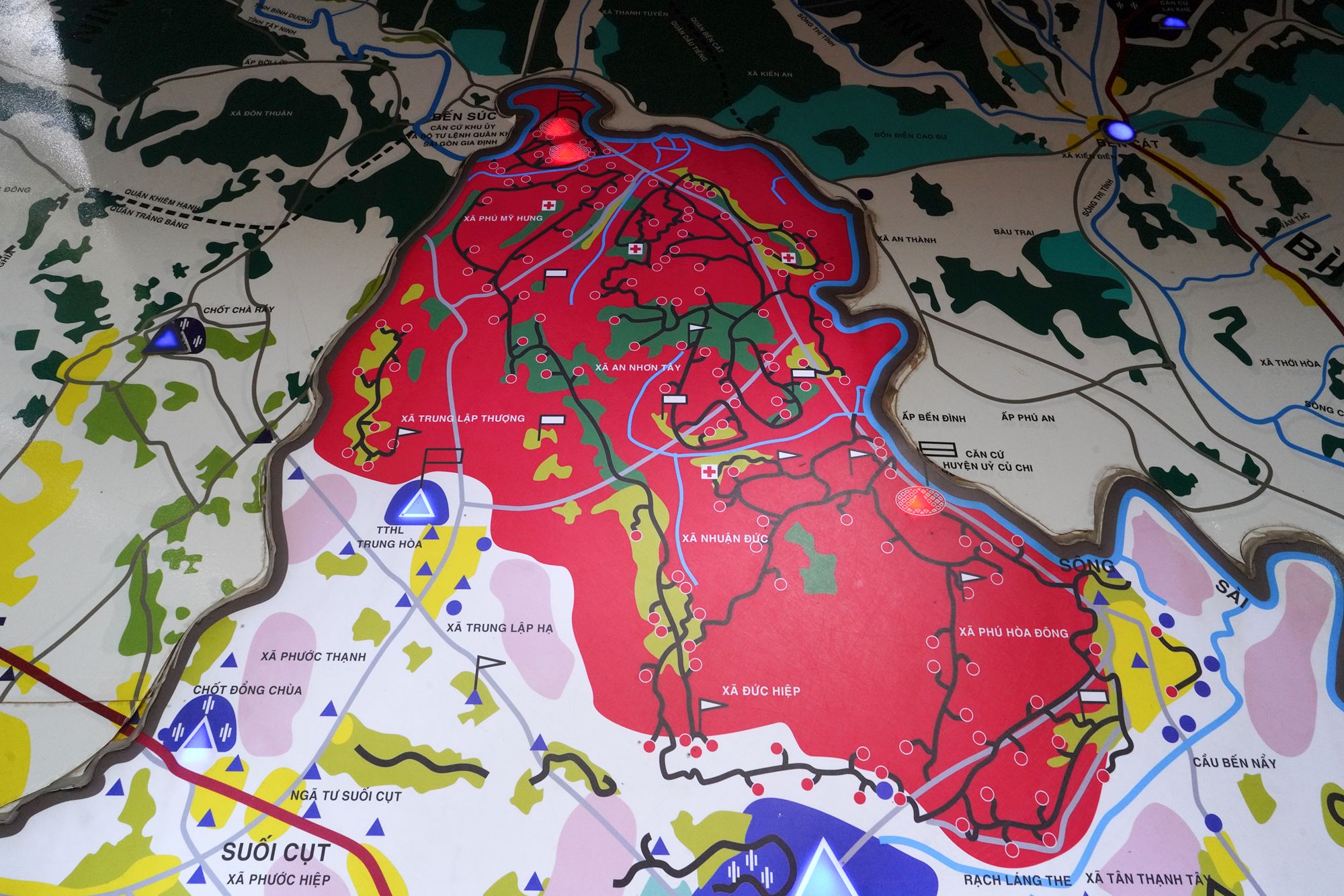
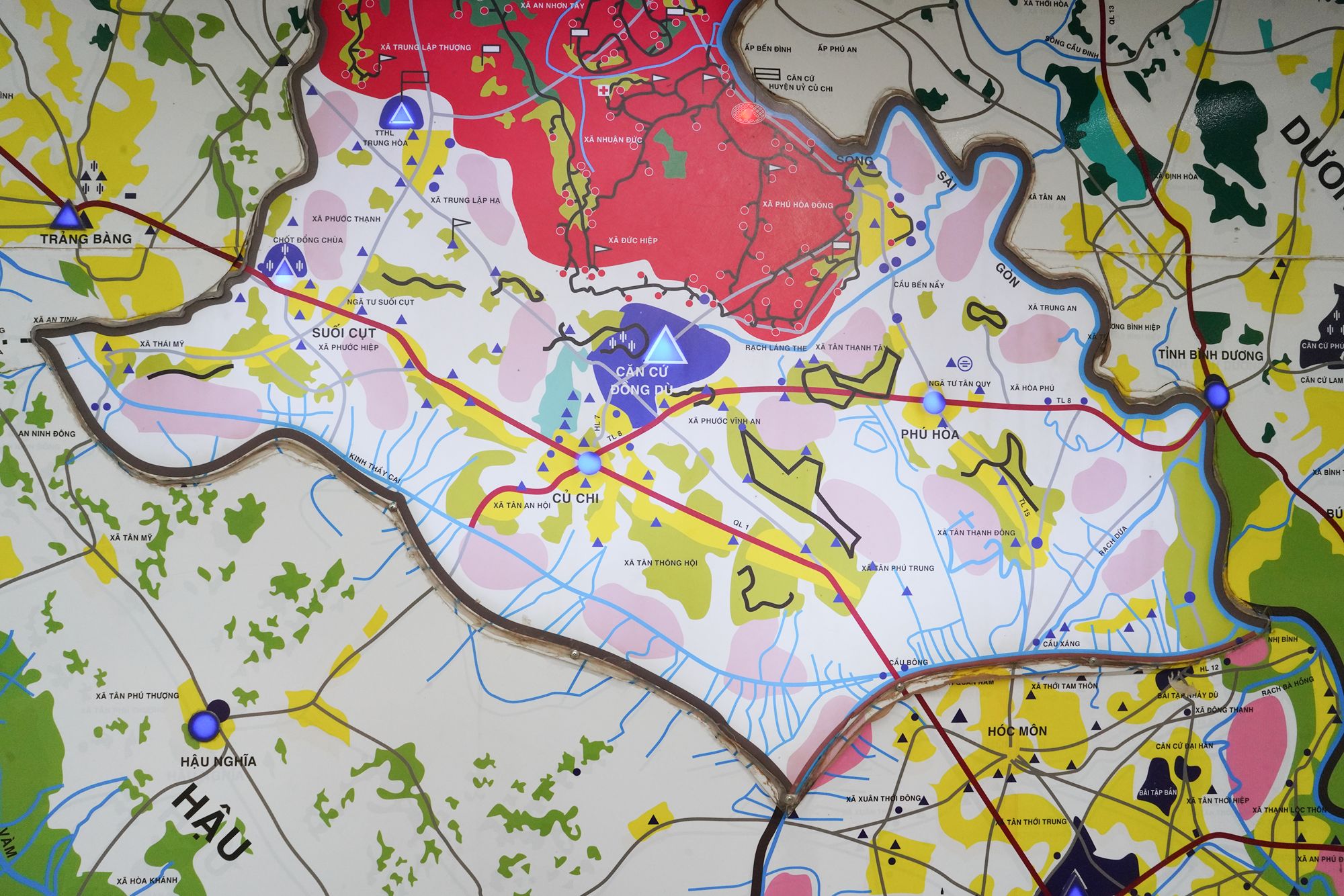
A model displayed the layout of the underground area, illustrating the interconnected tunnels, living quarters, kitchens, and other facilities used by the Viet Cong.
